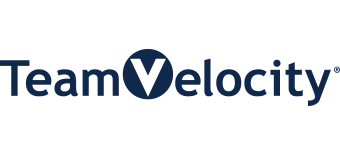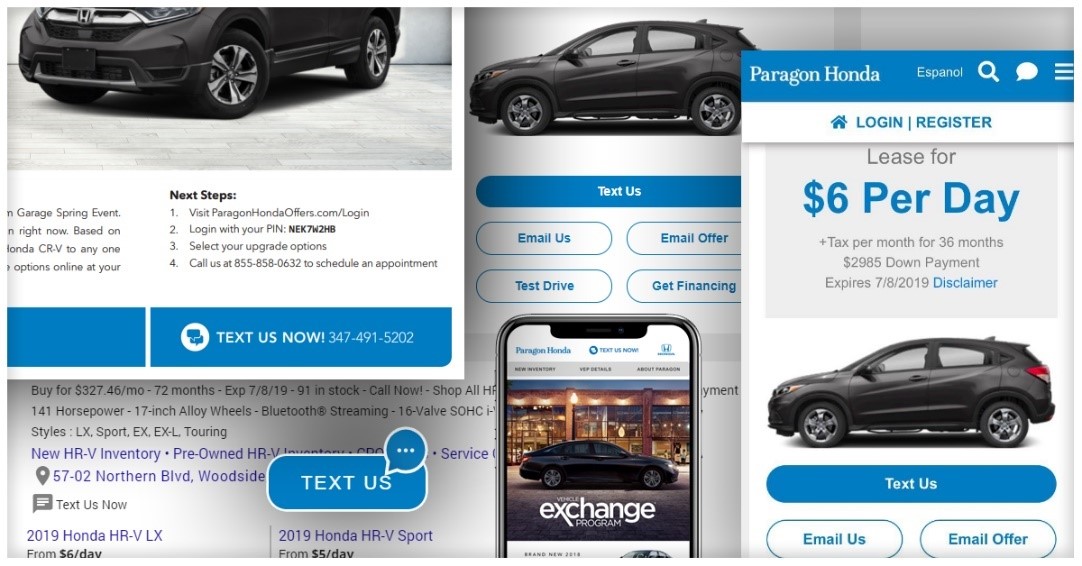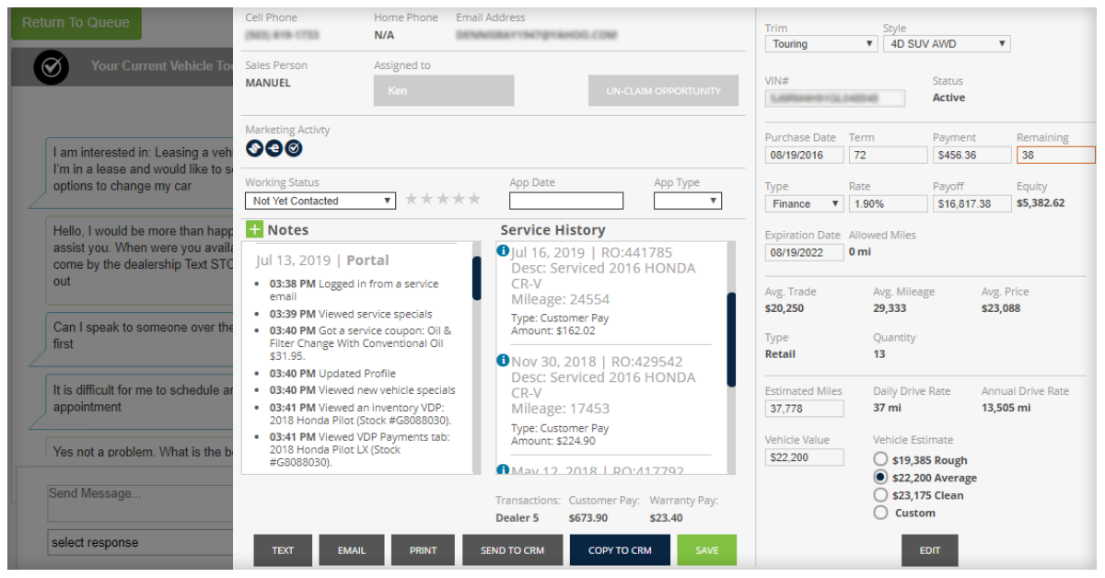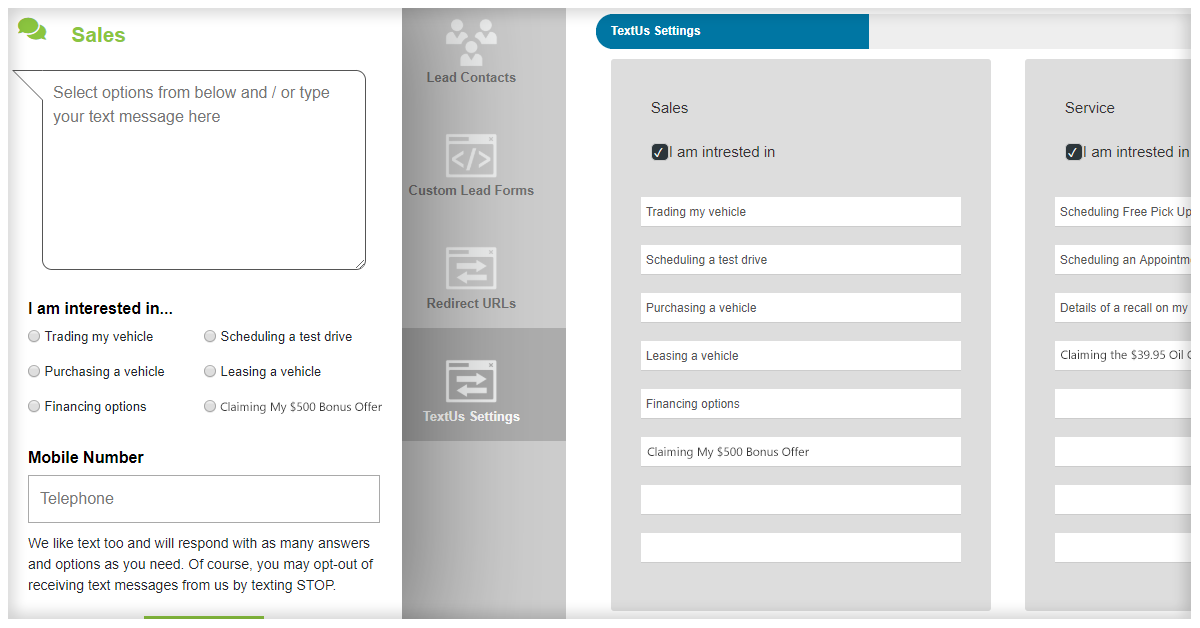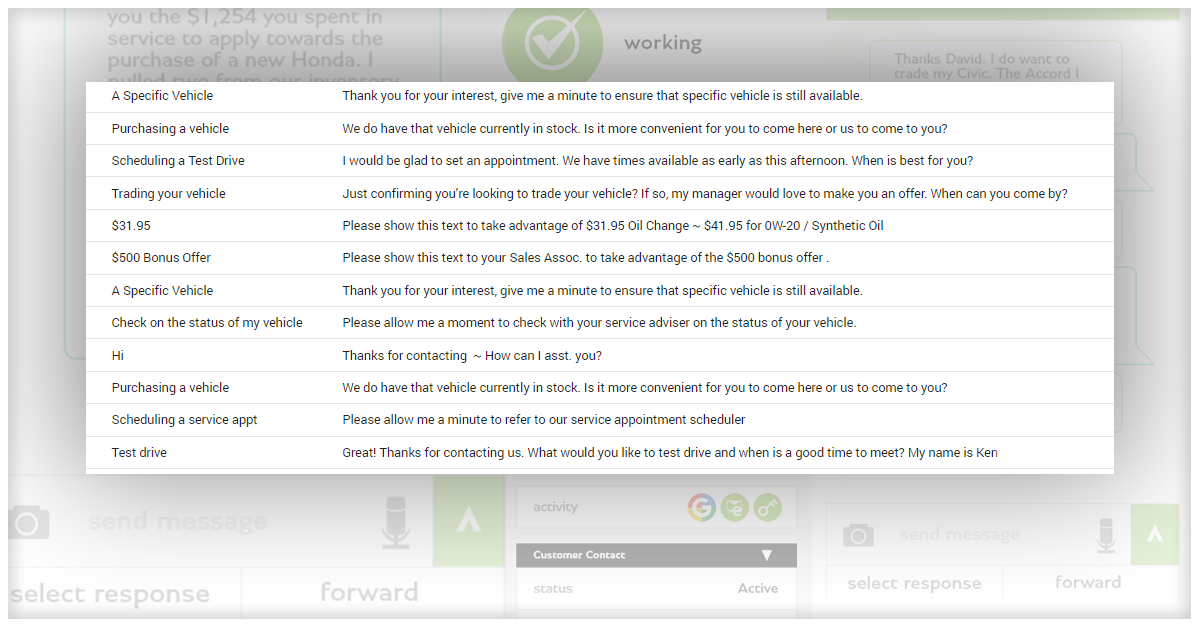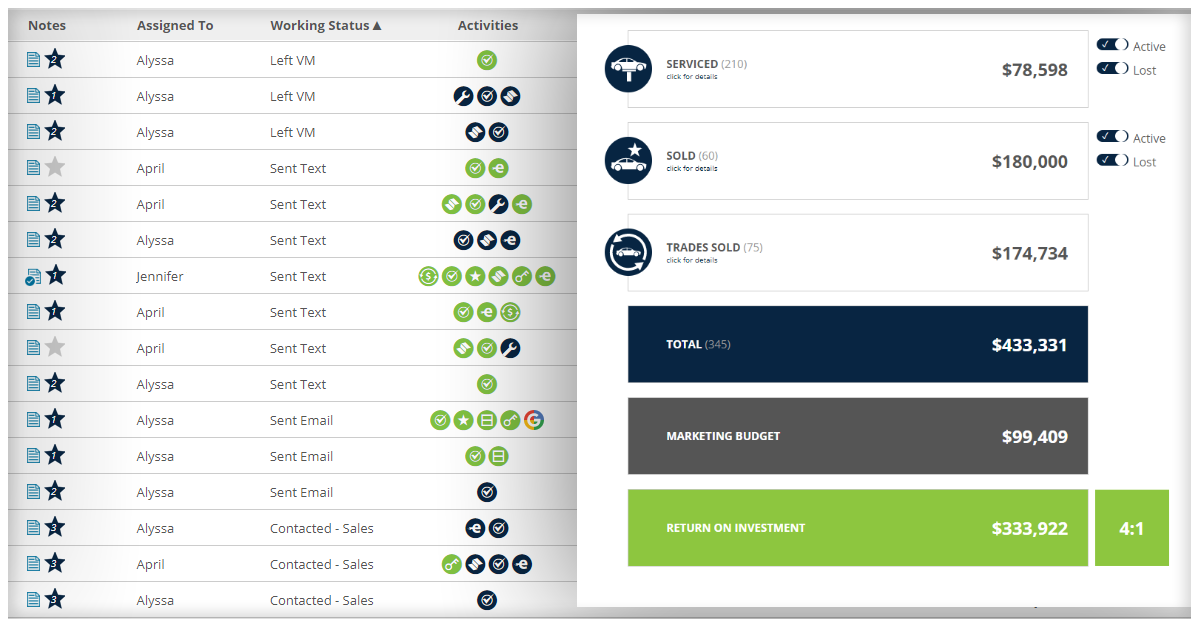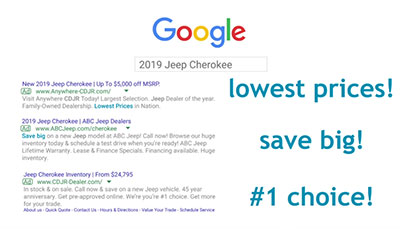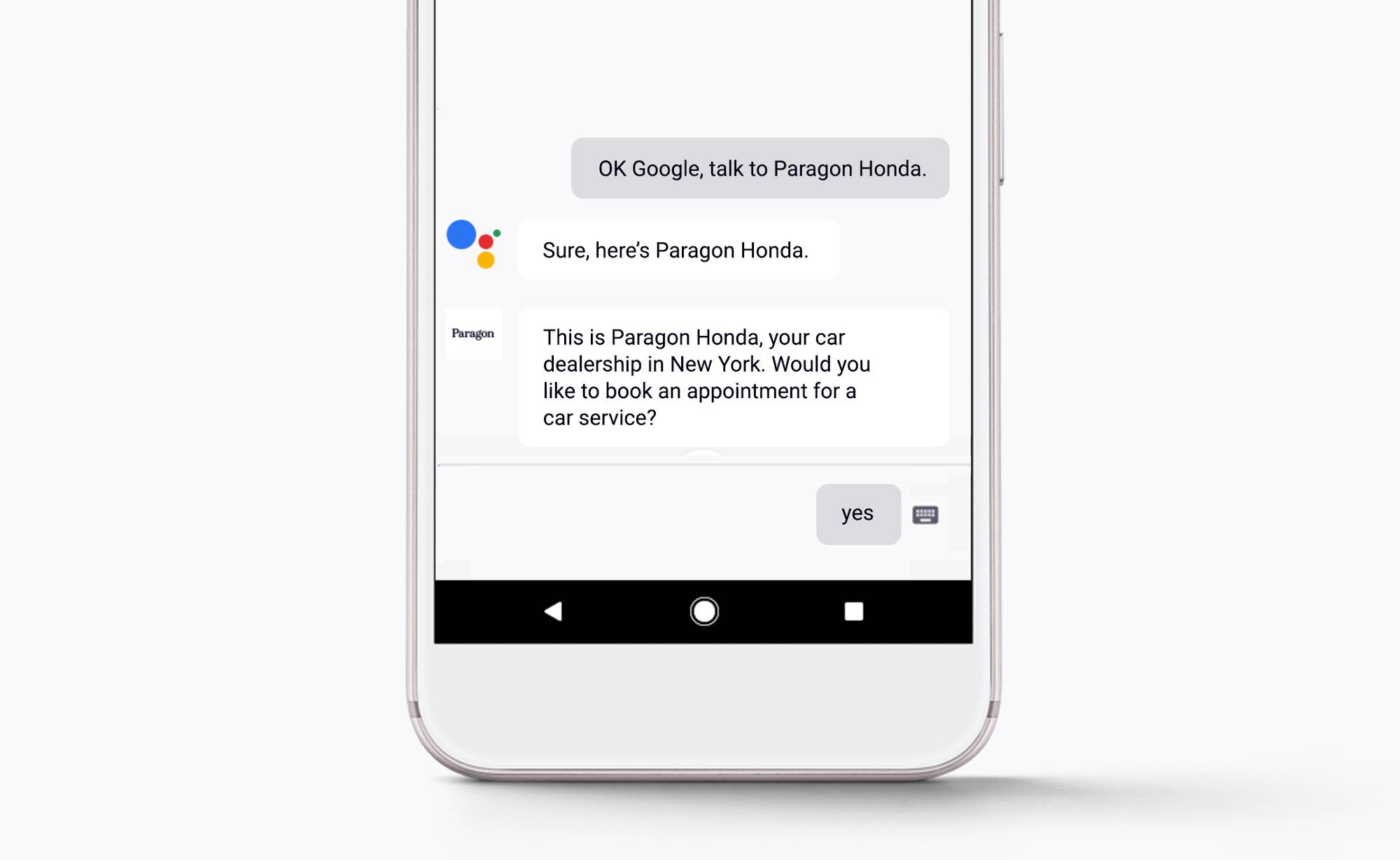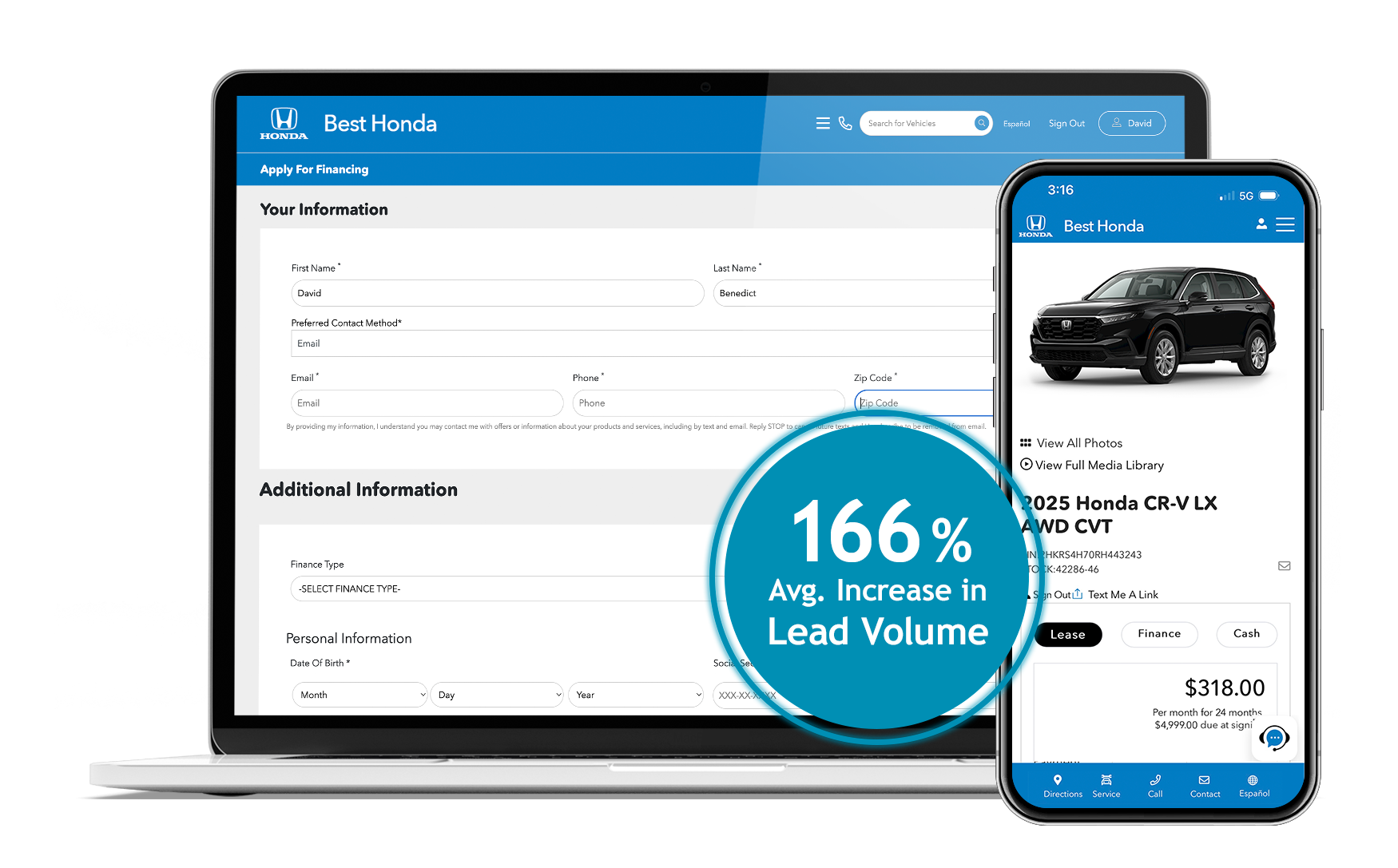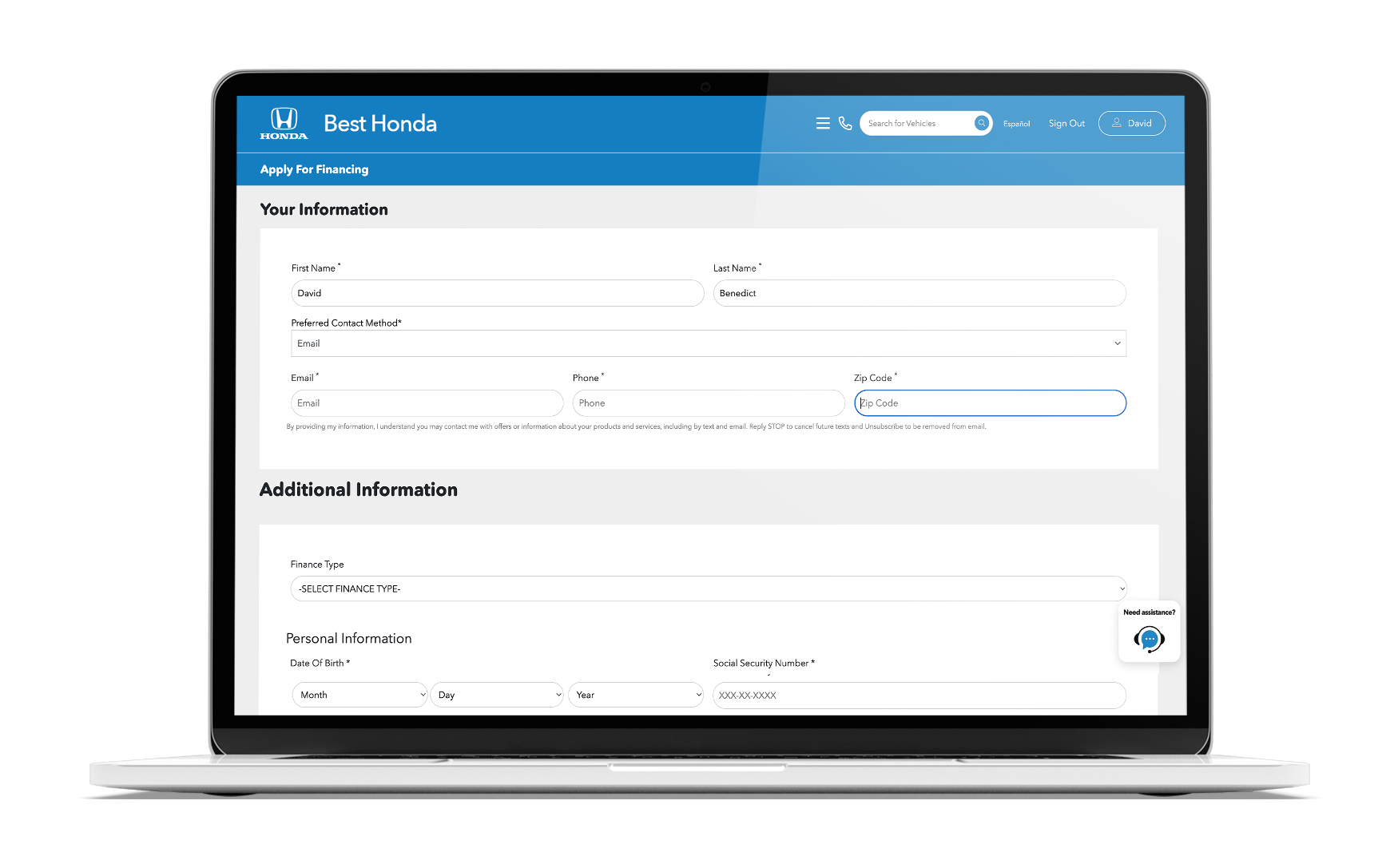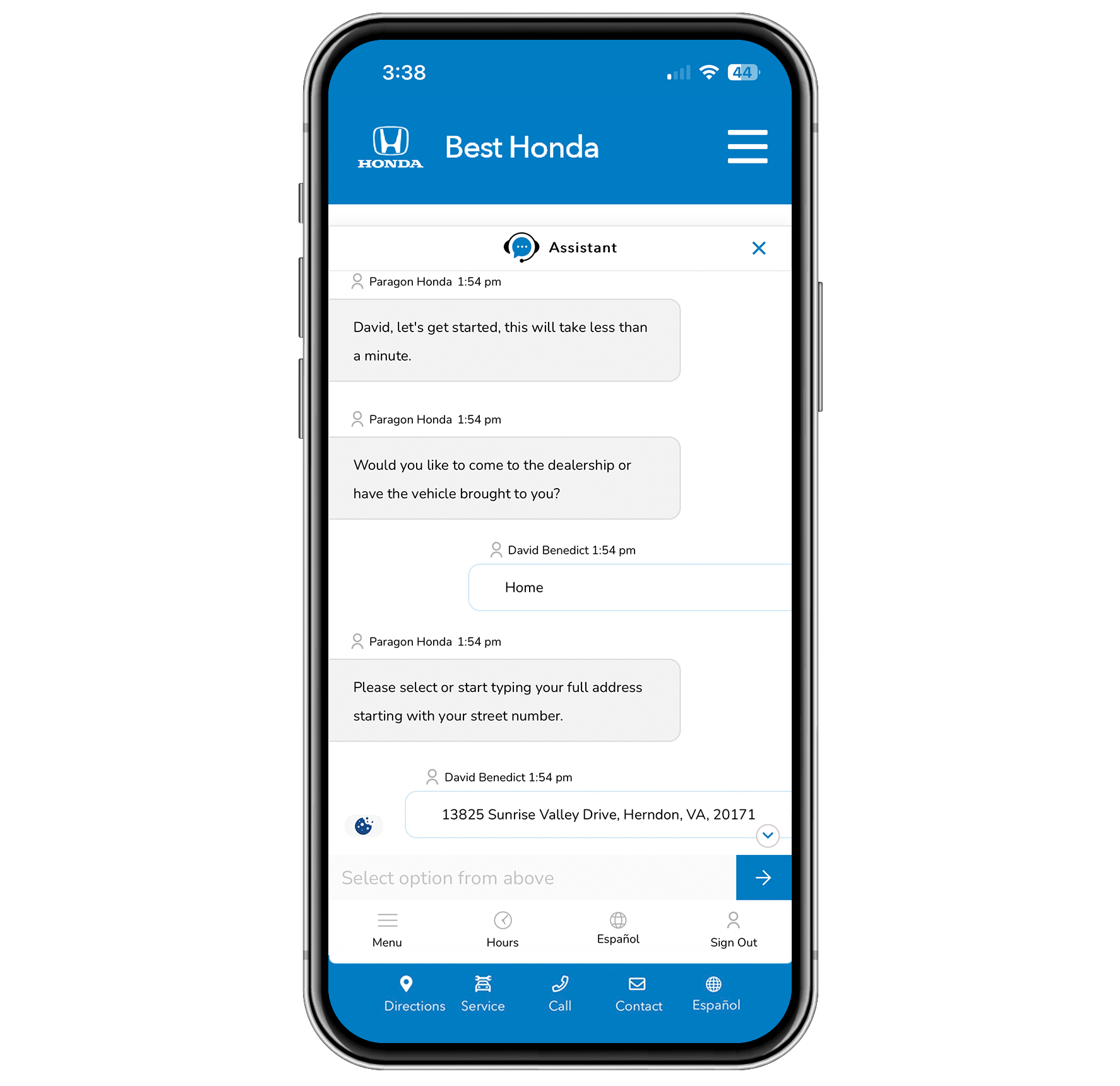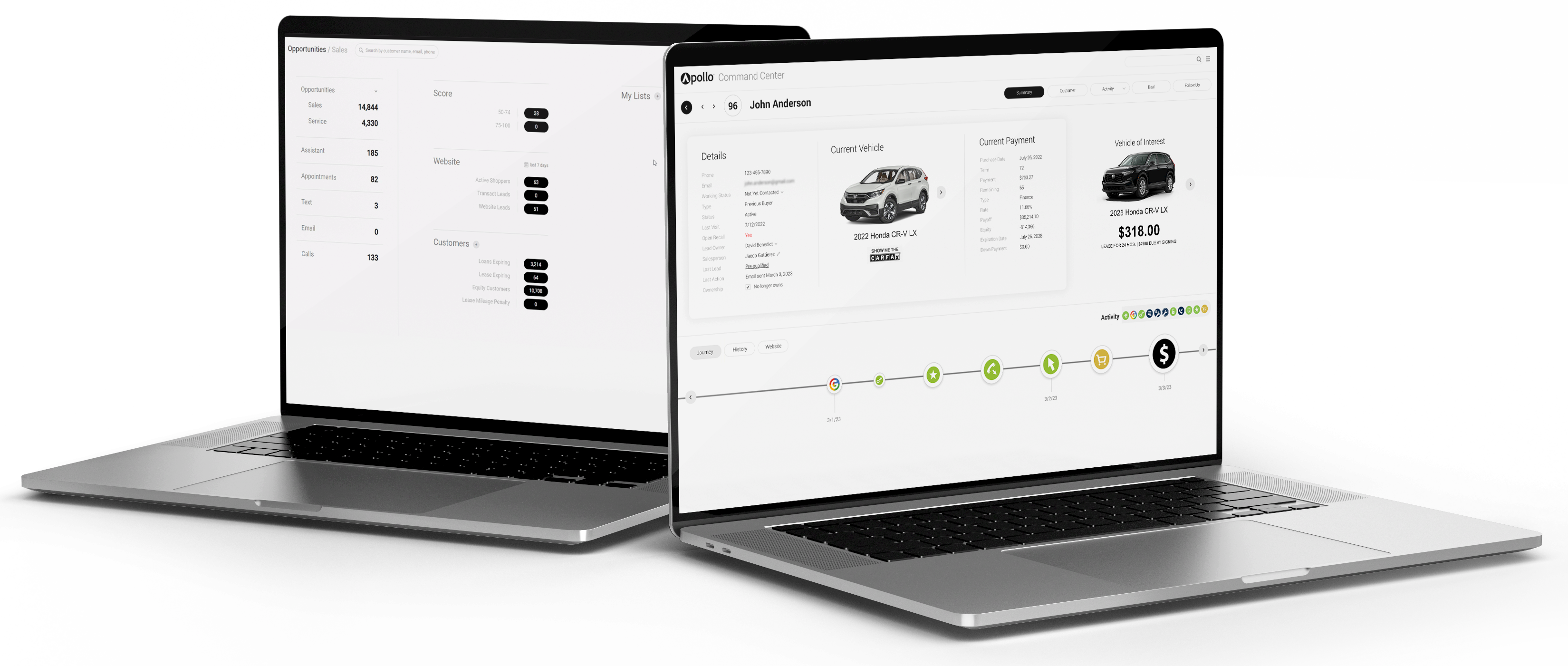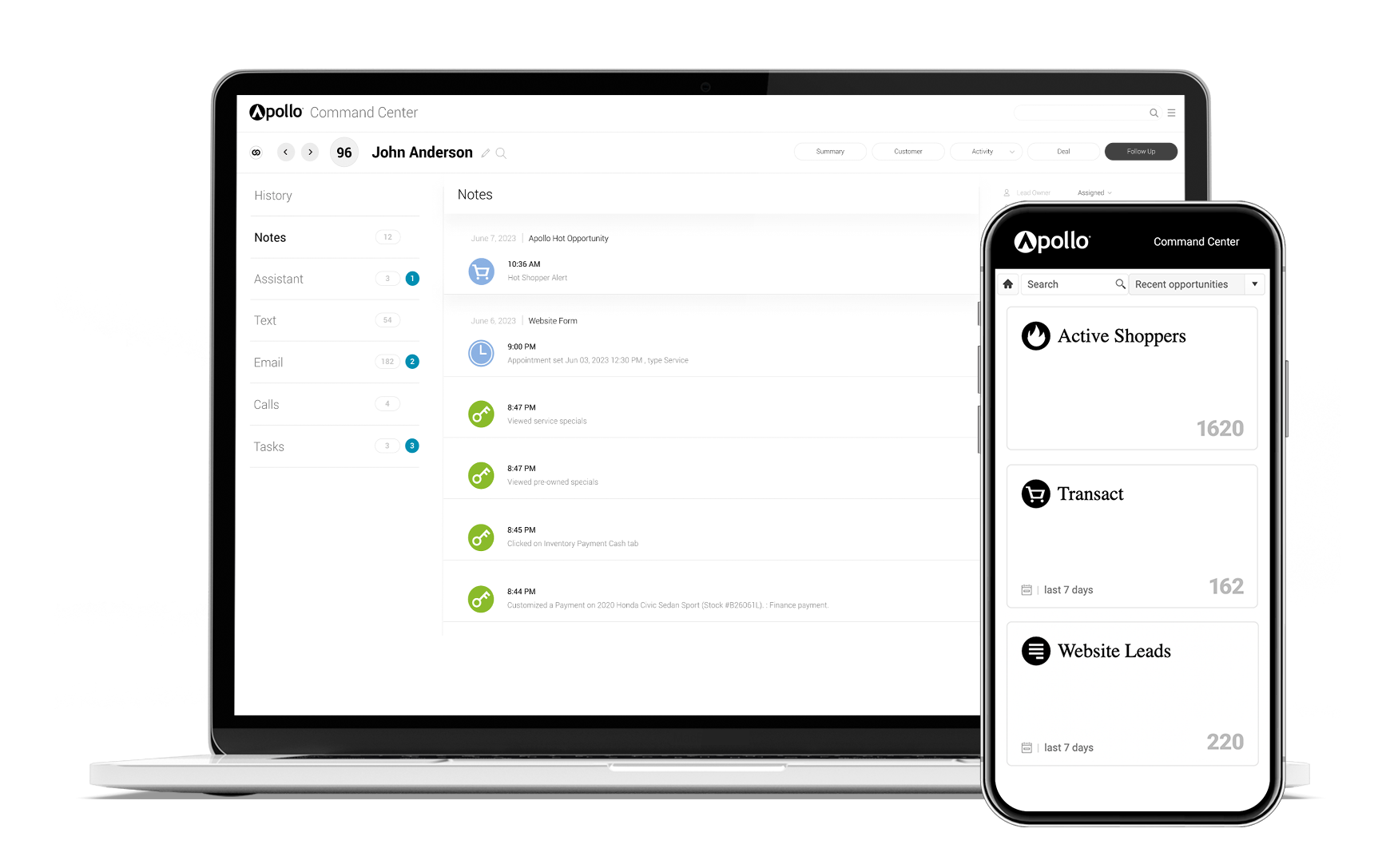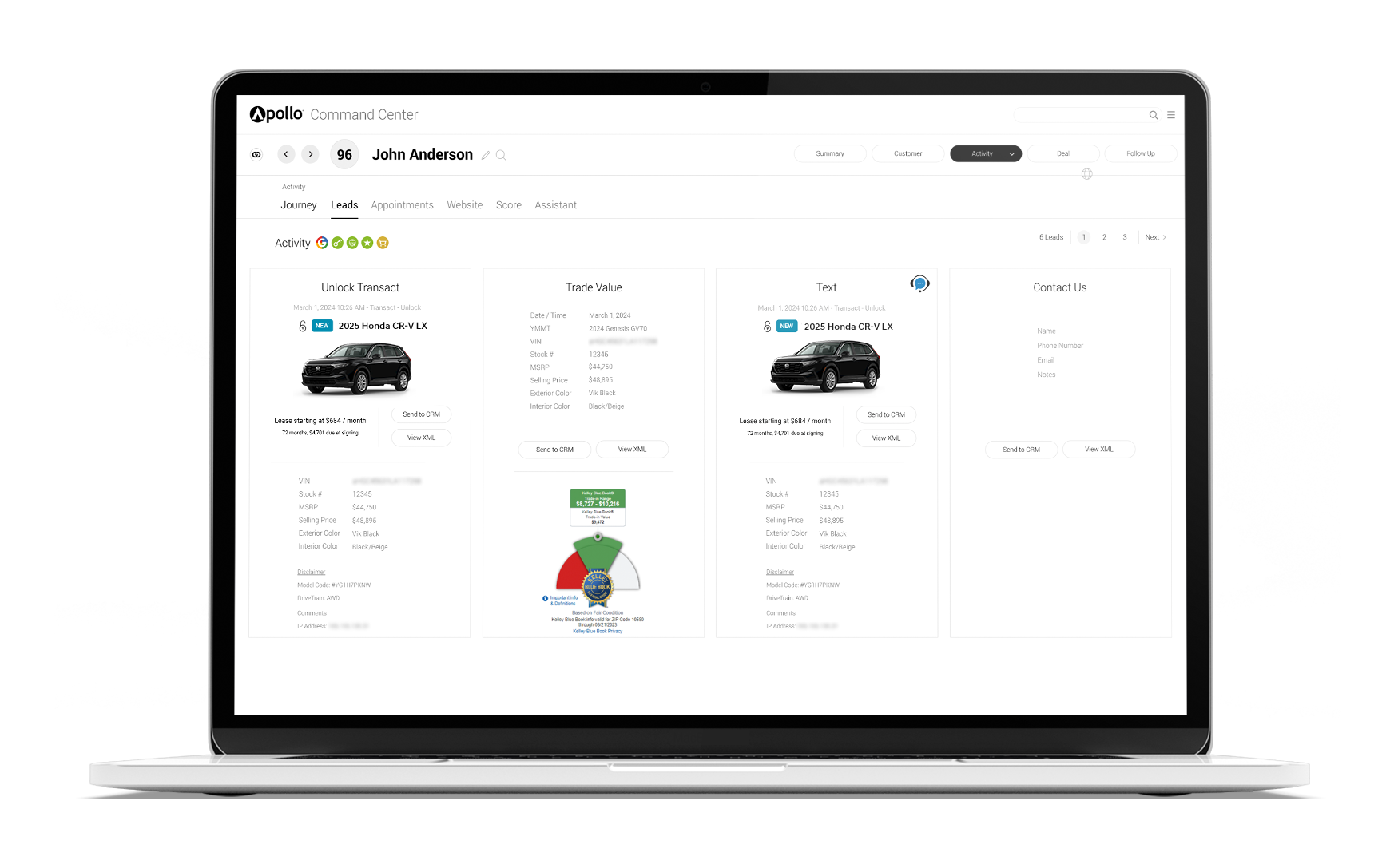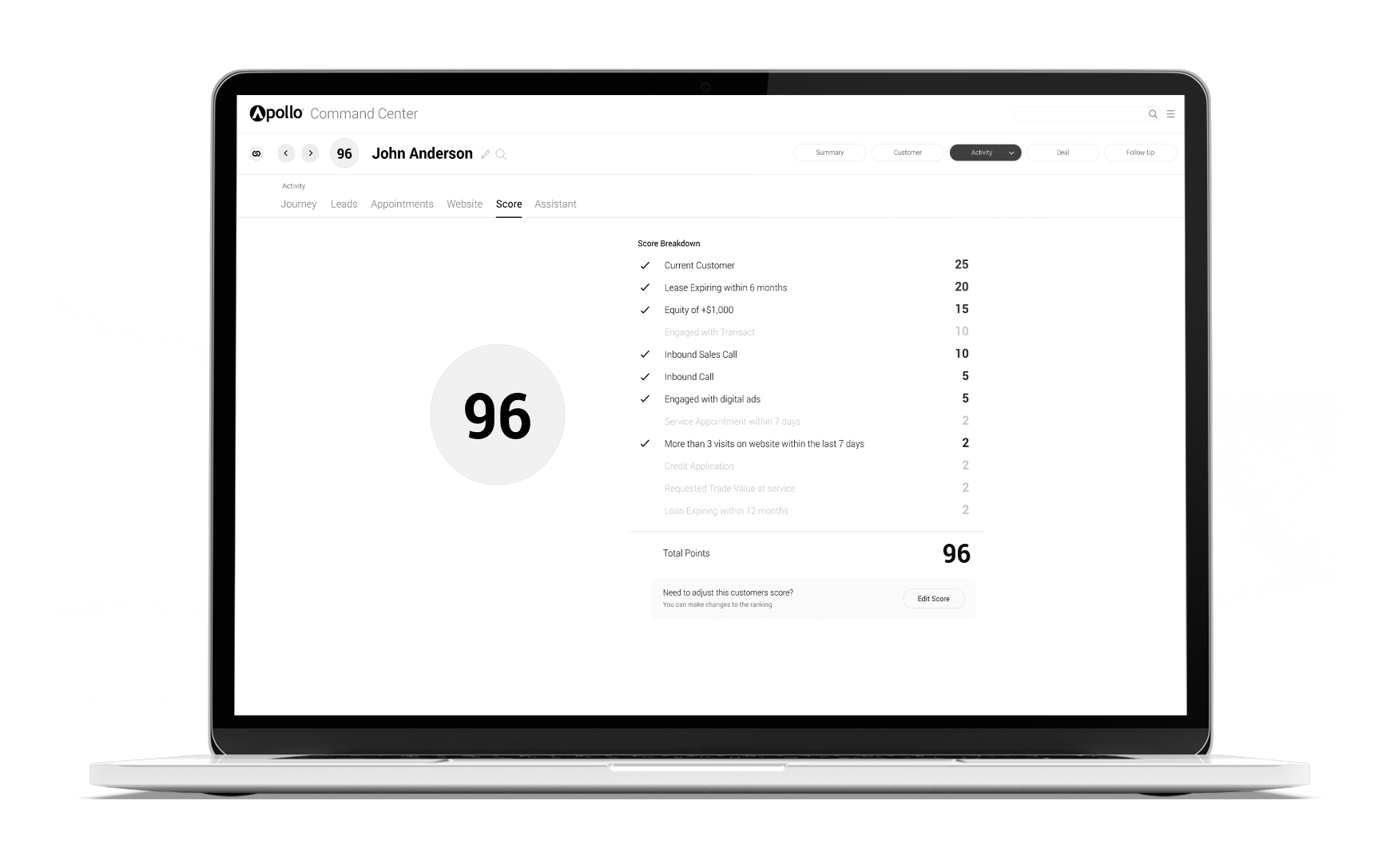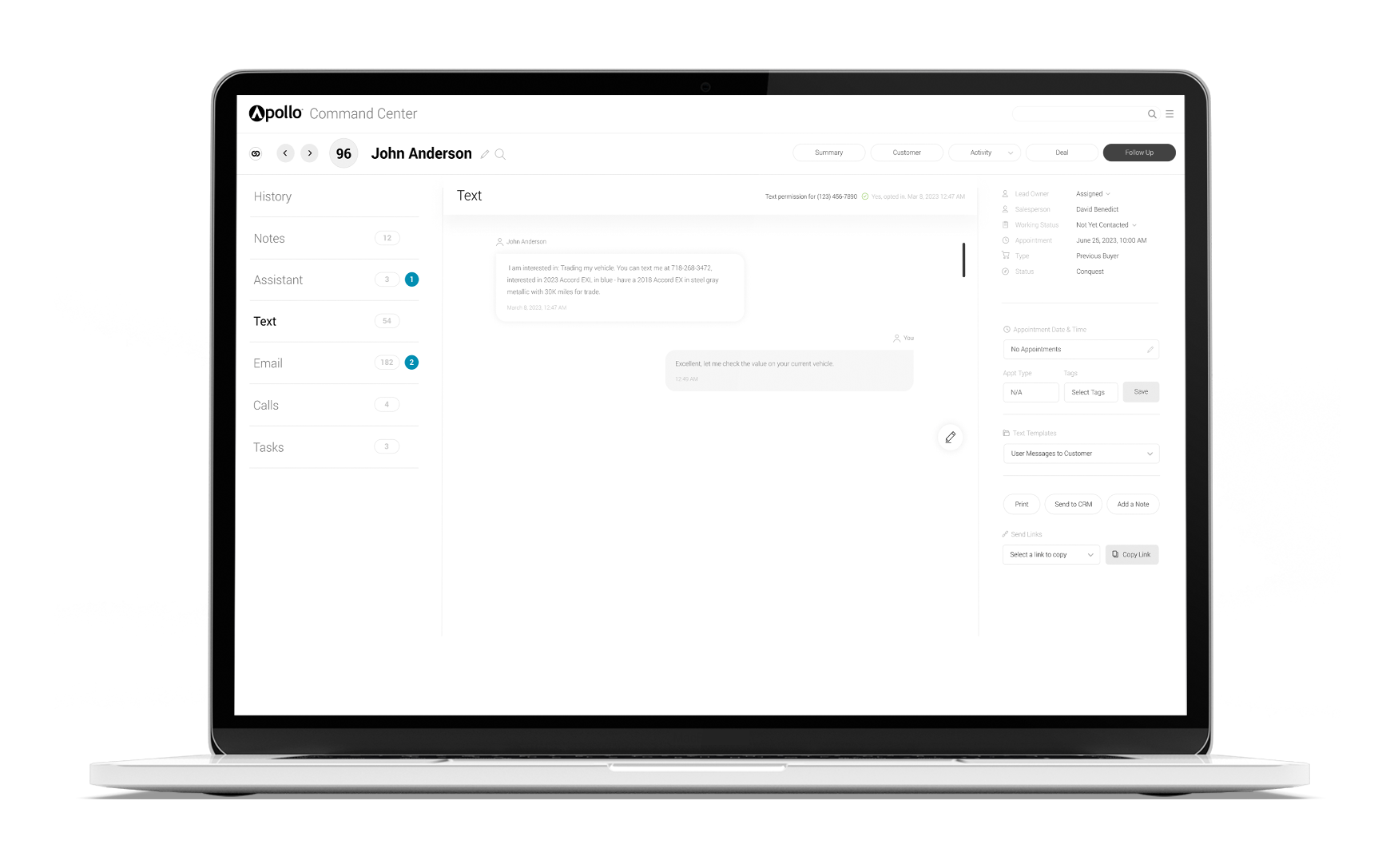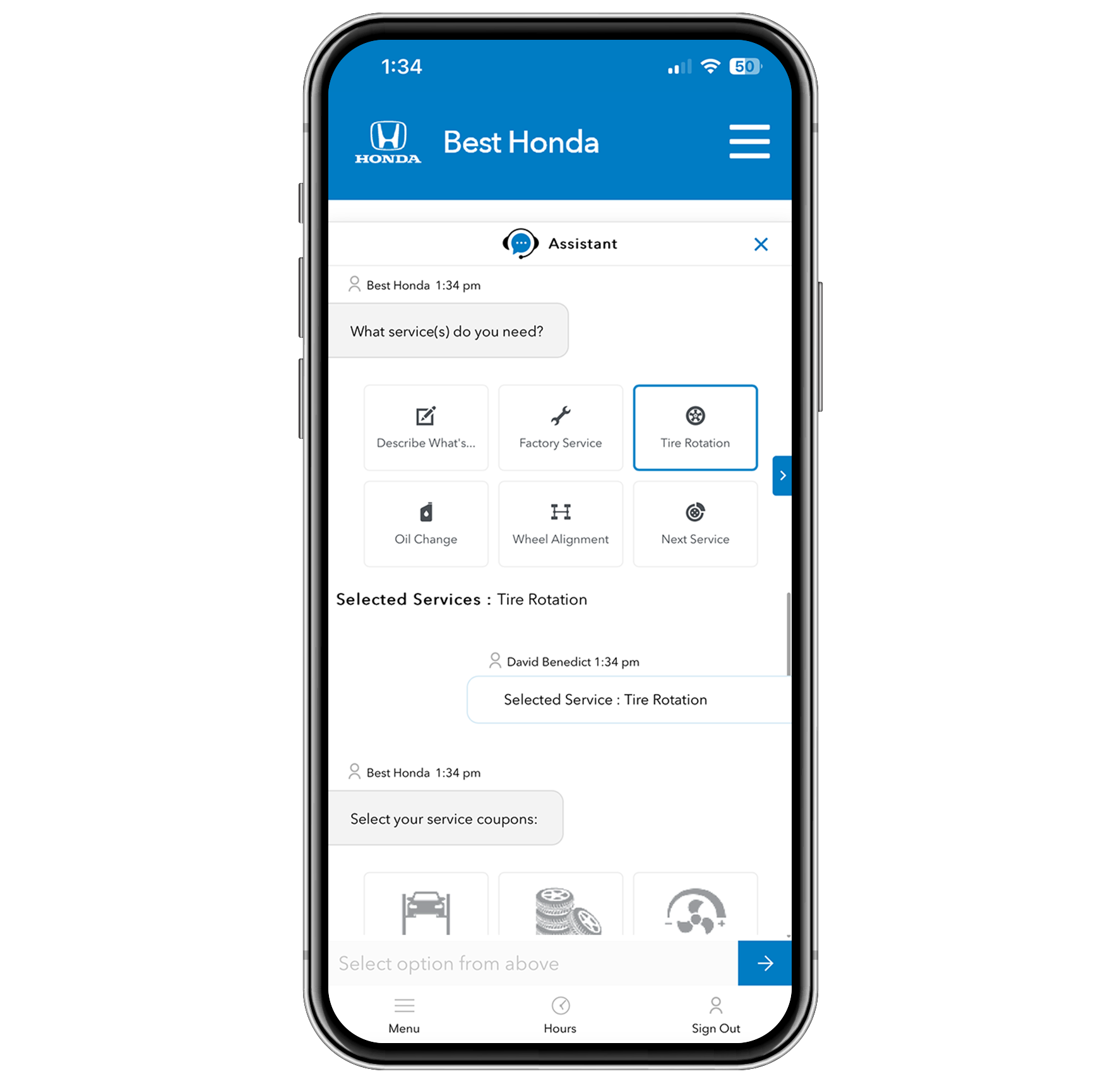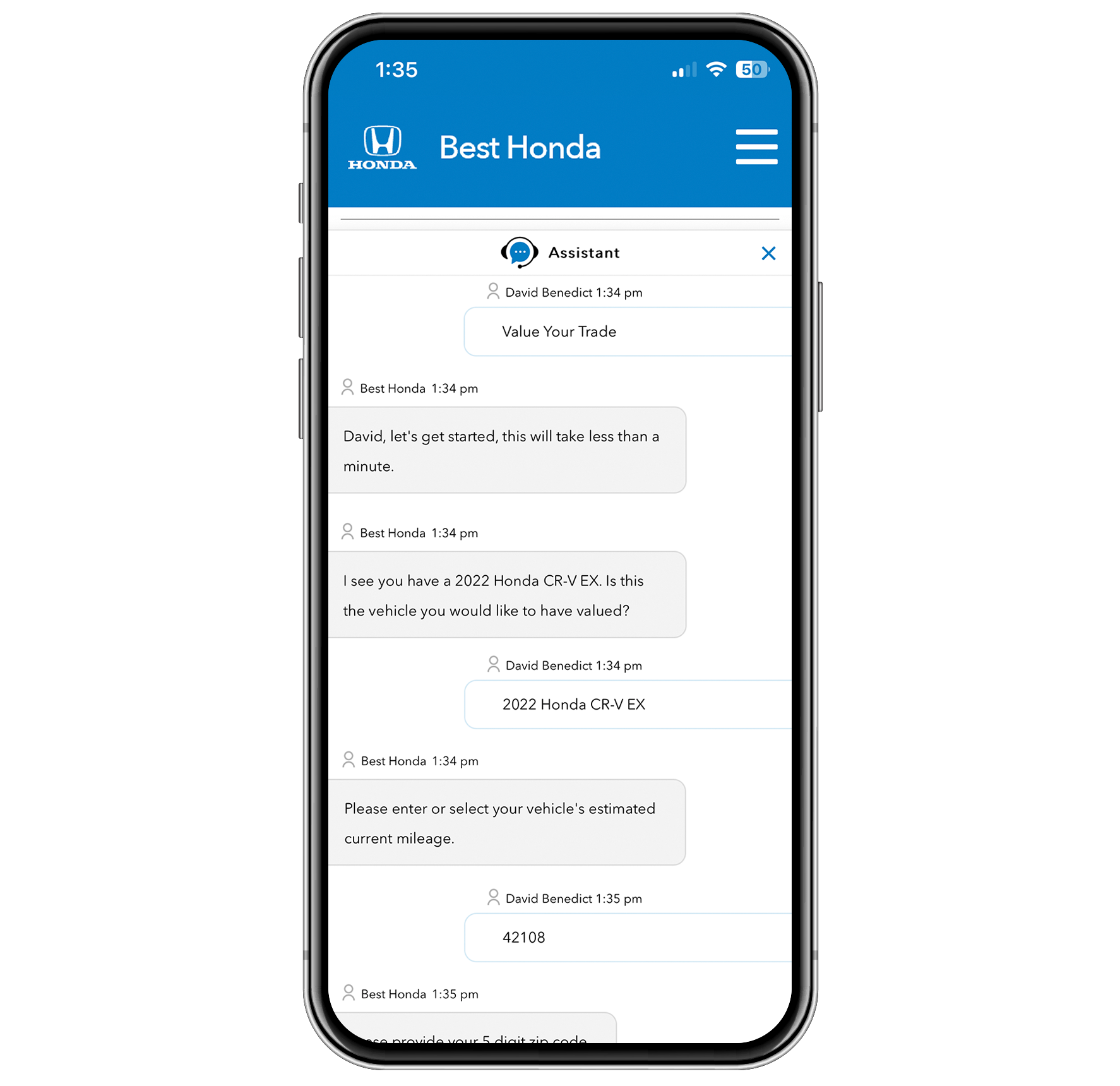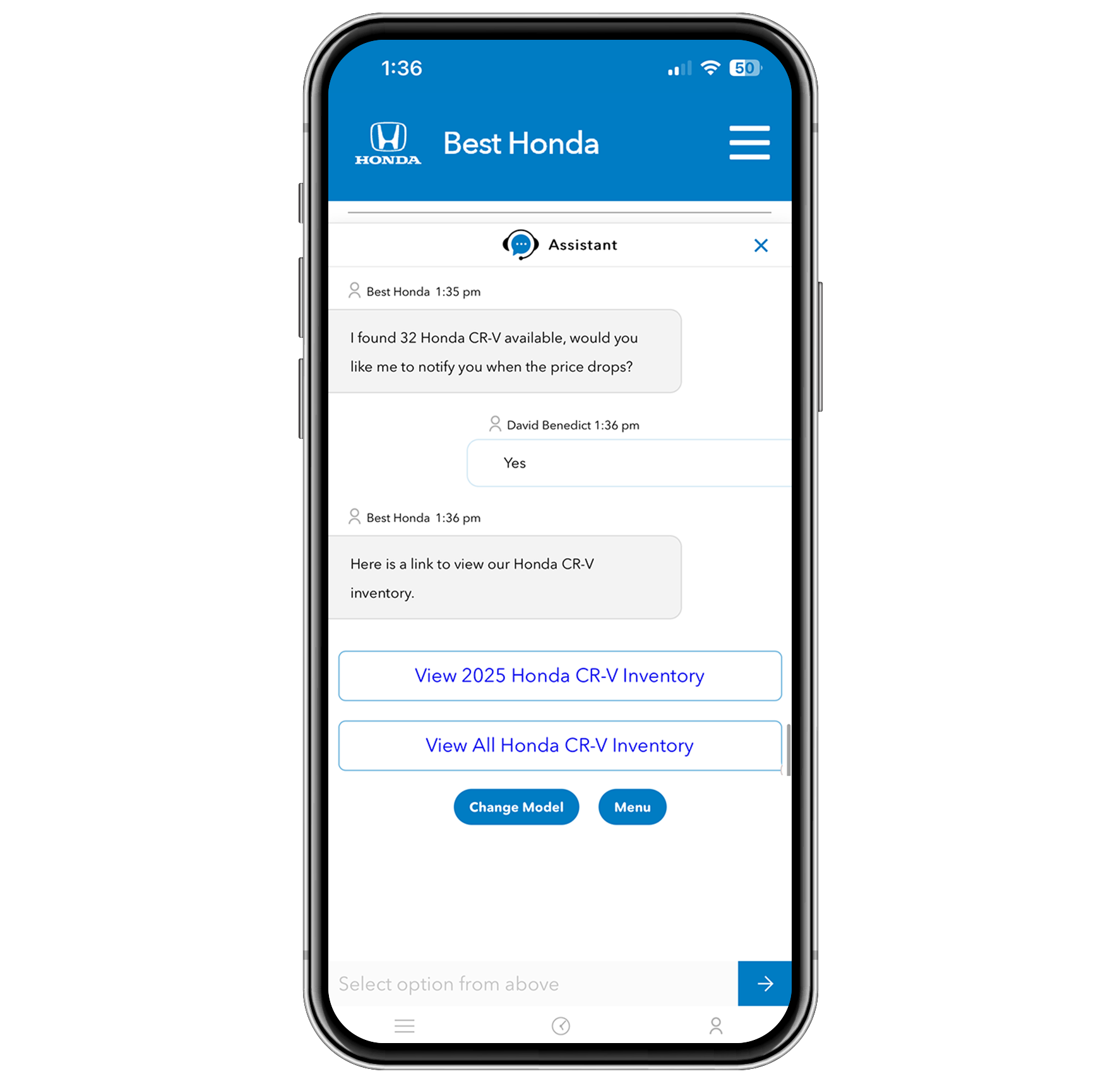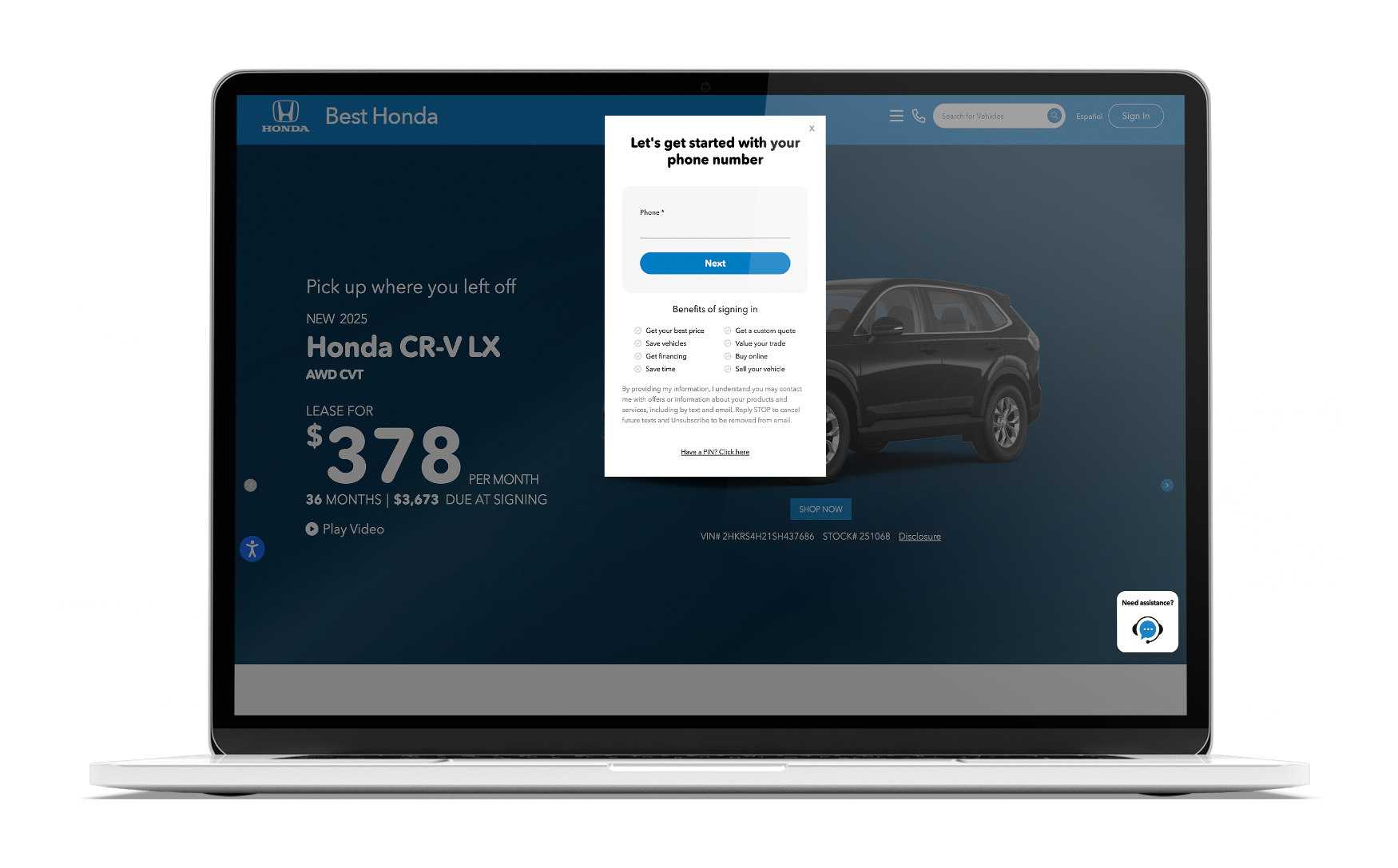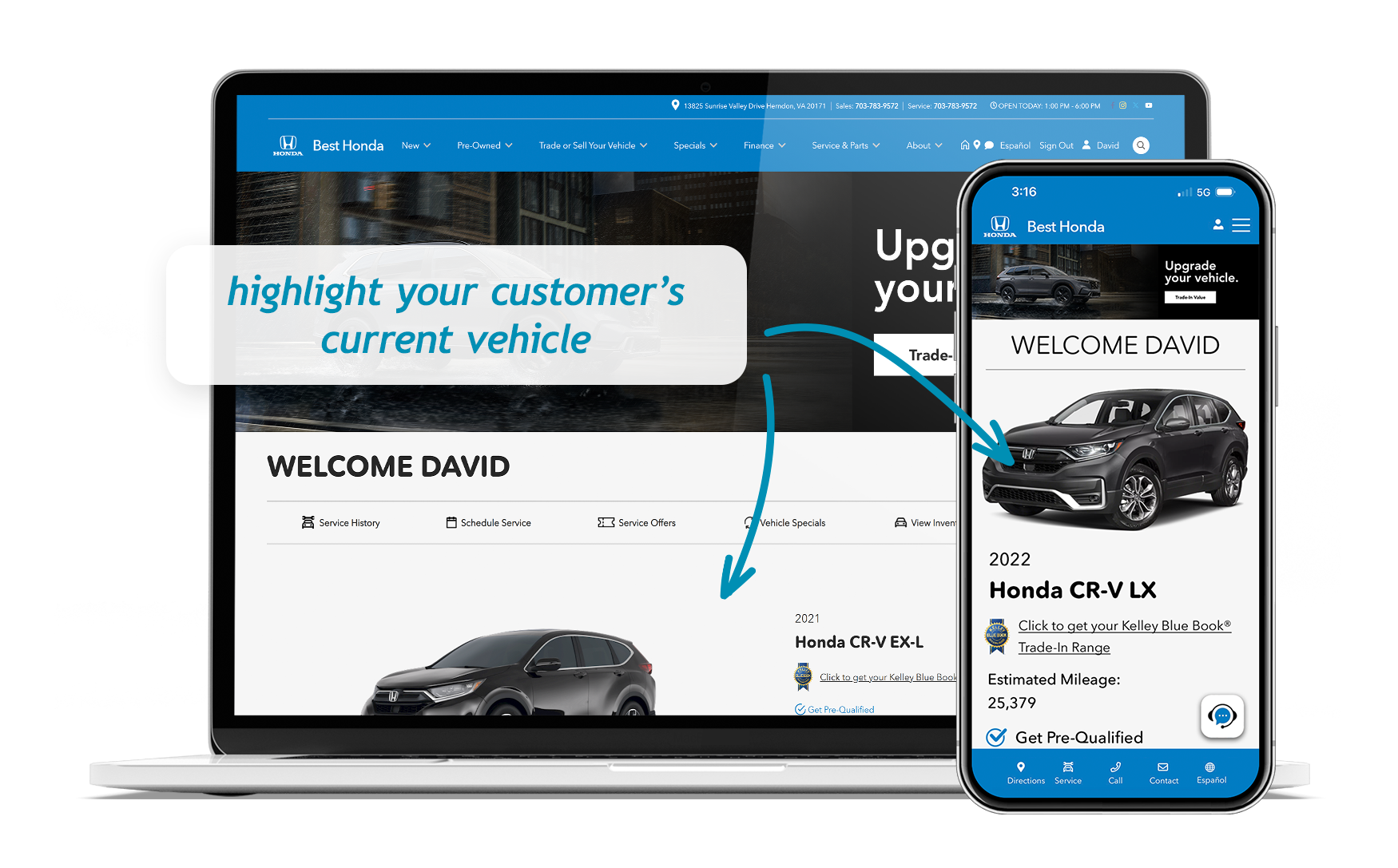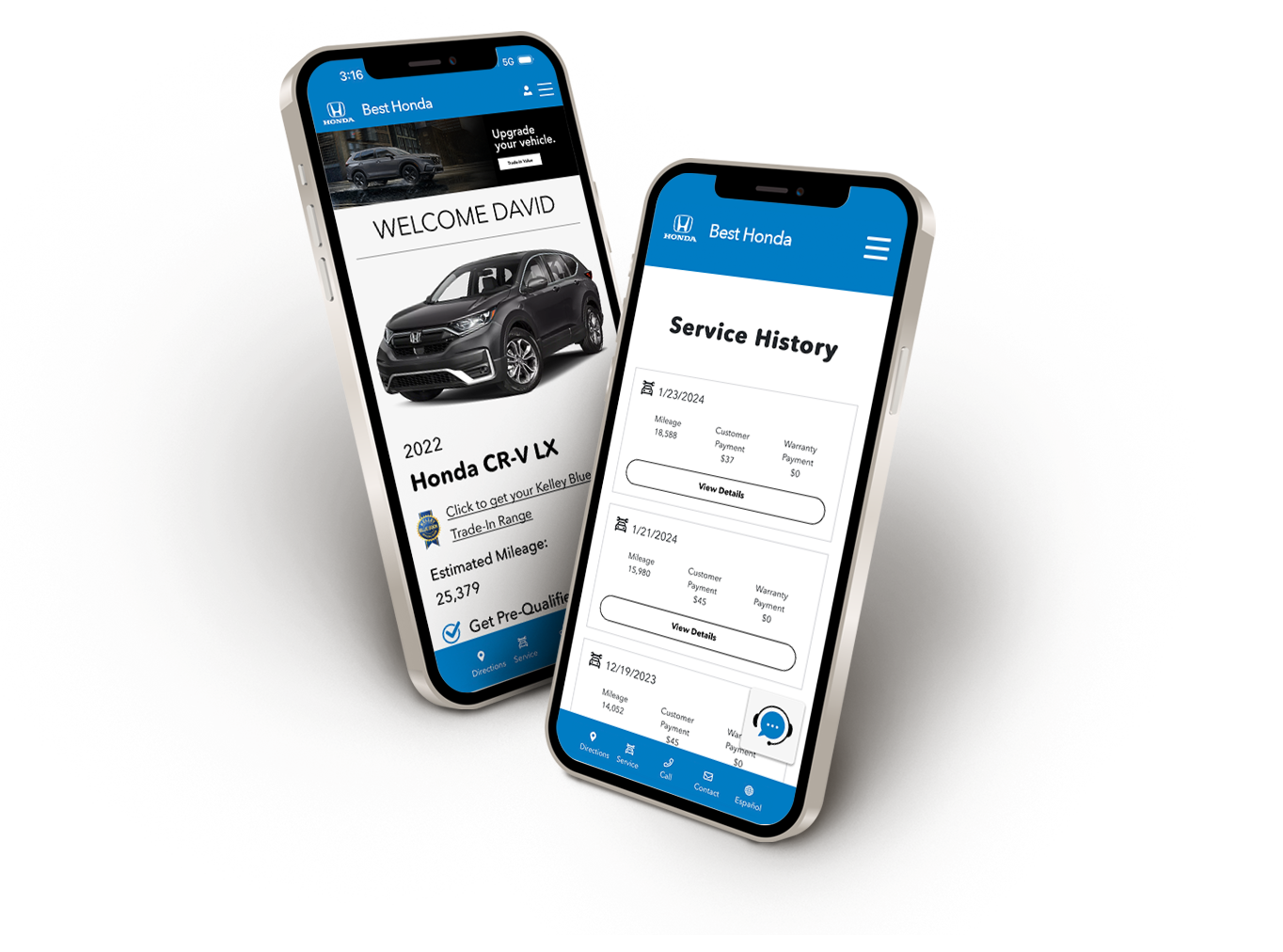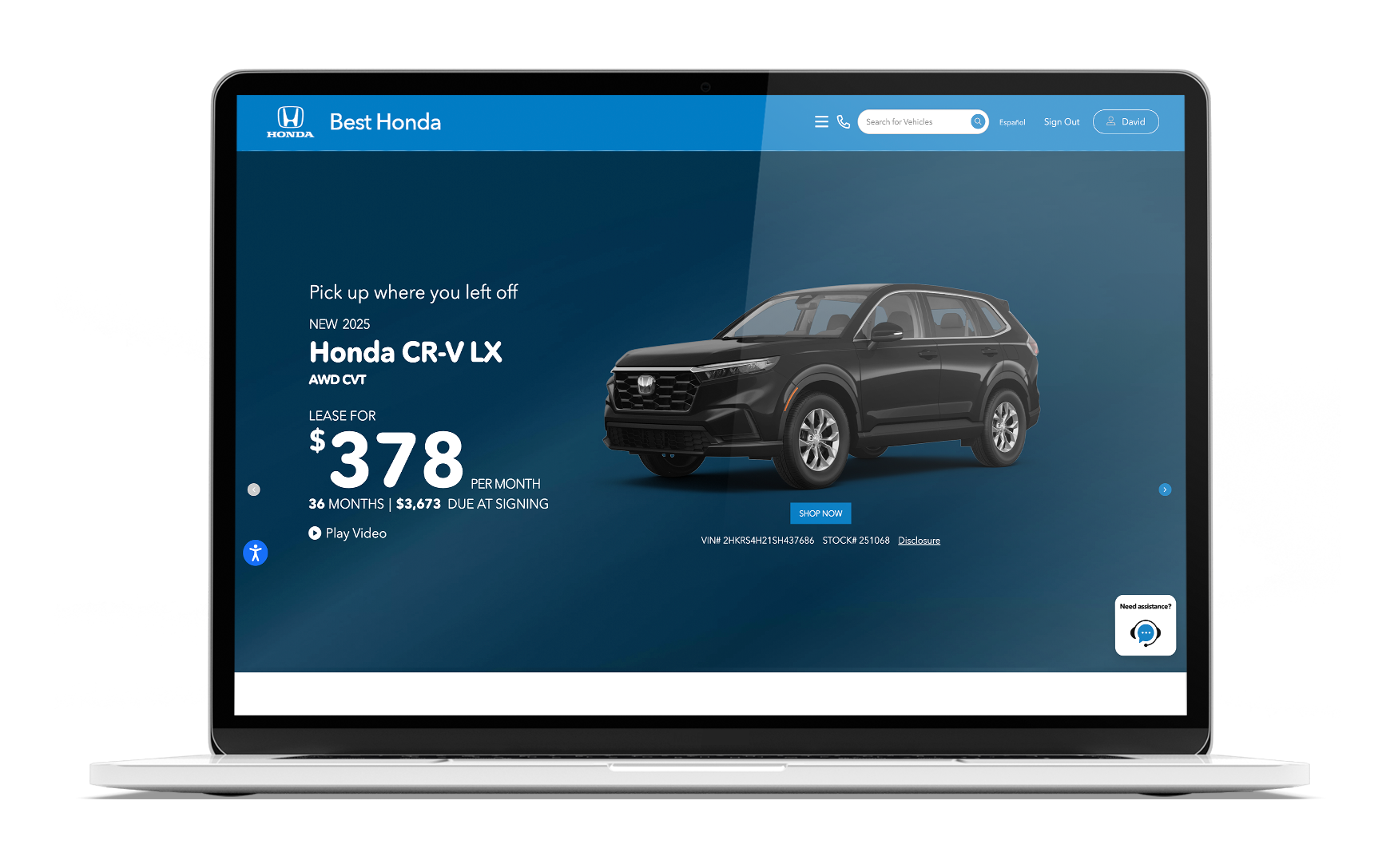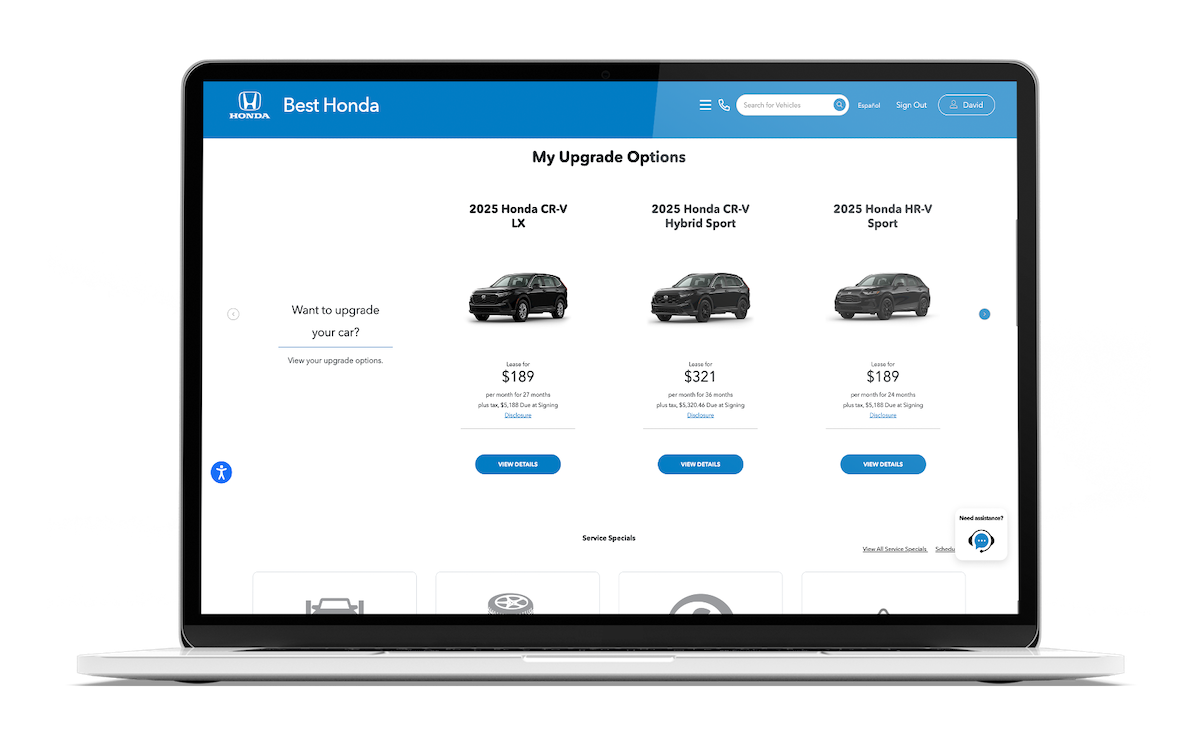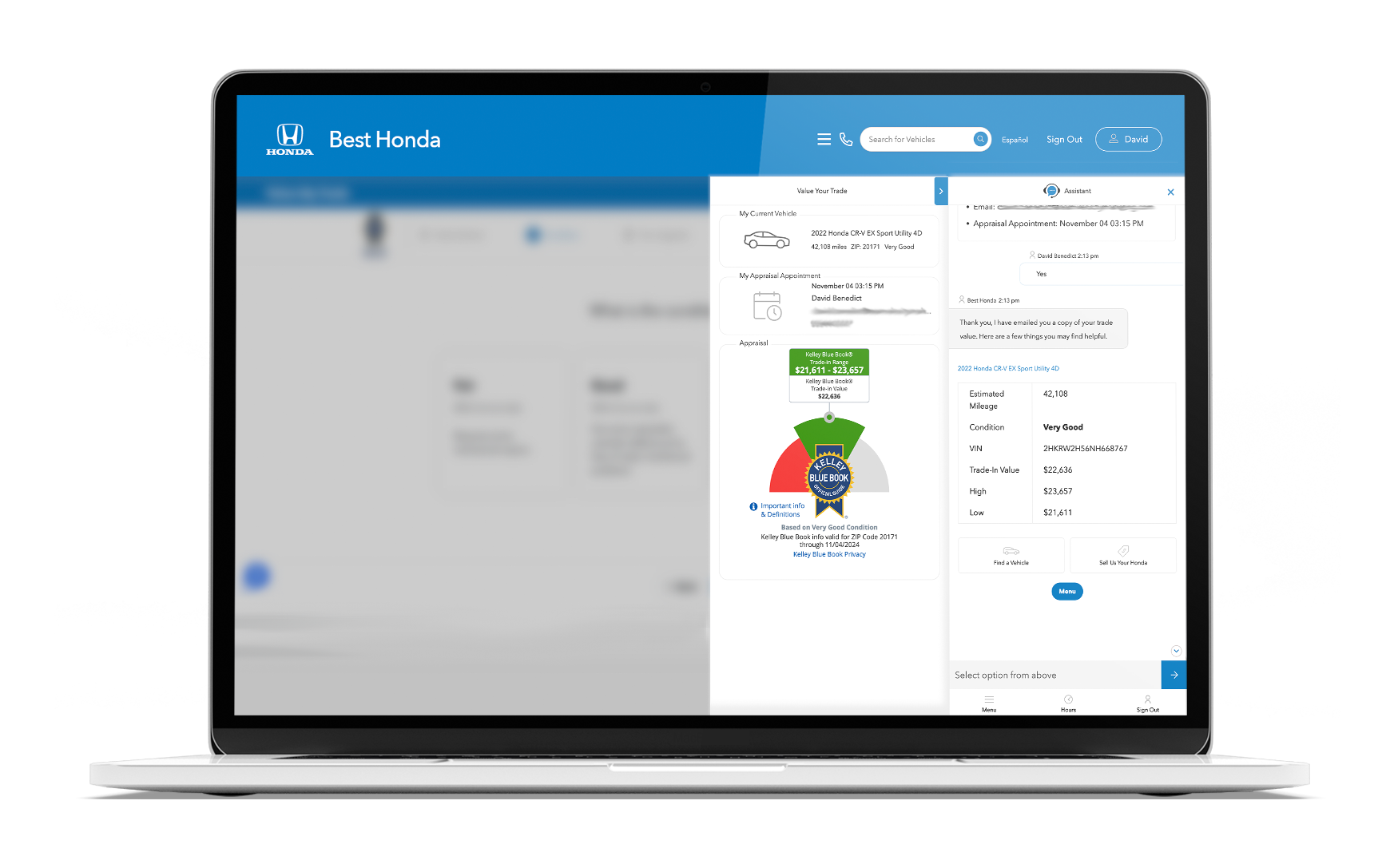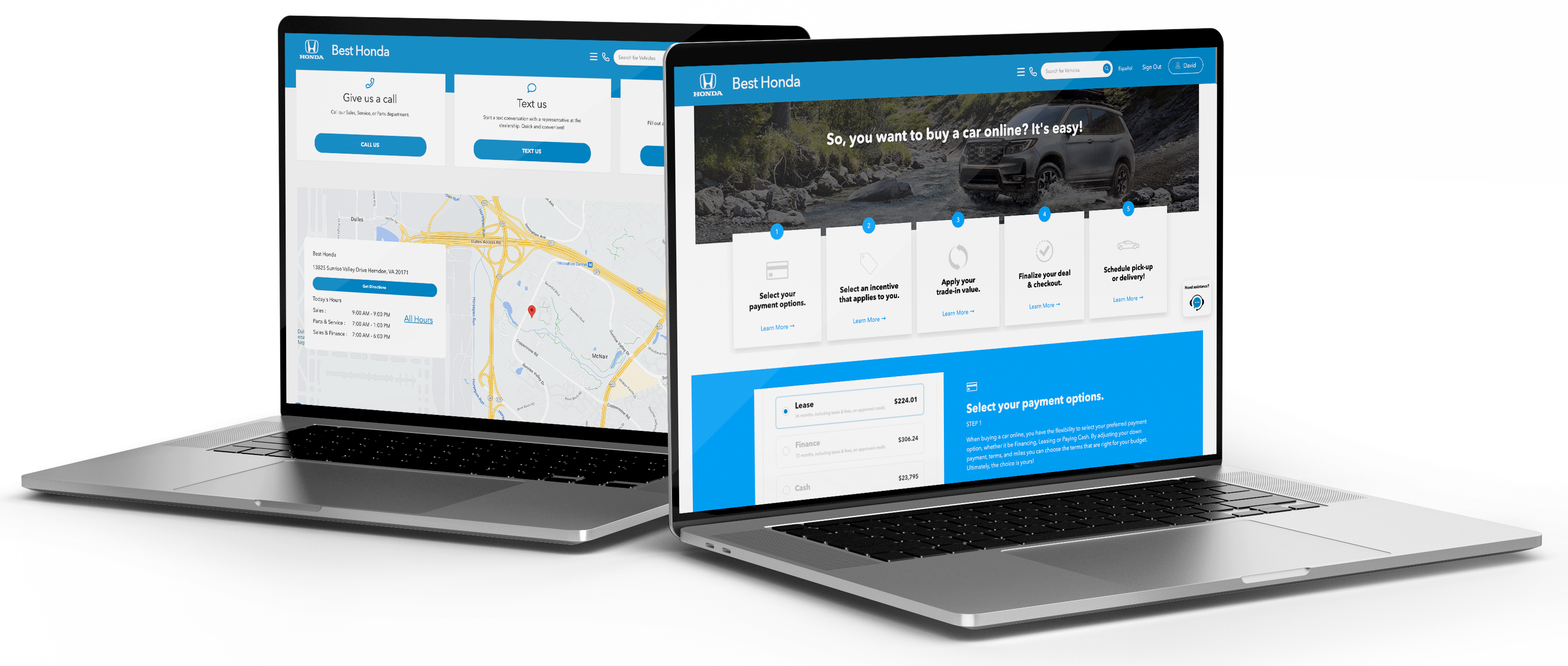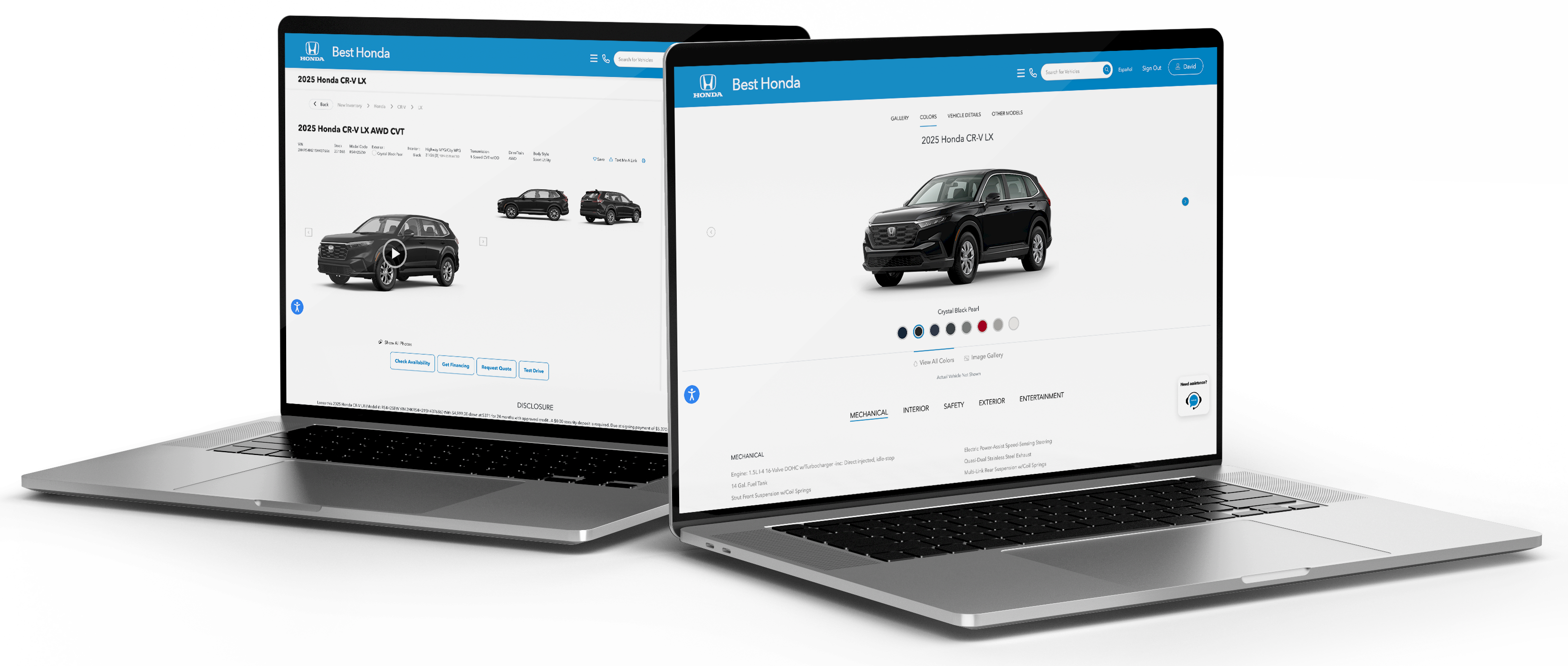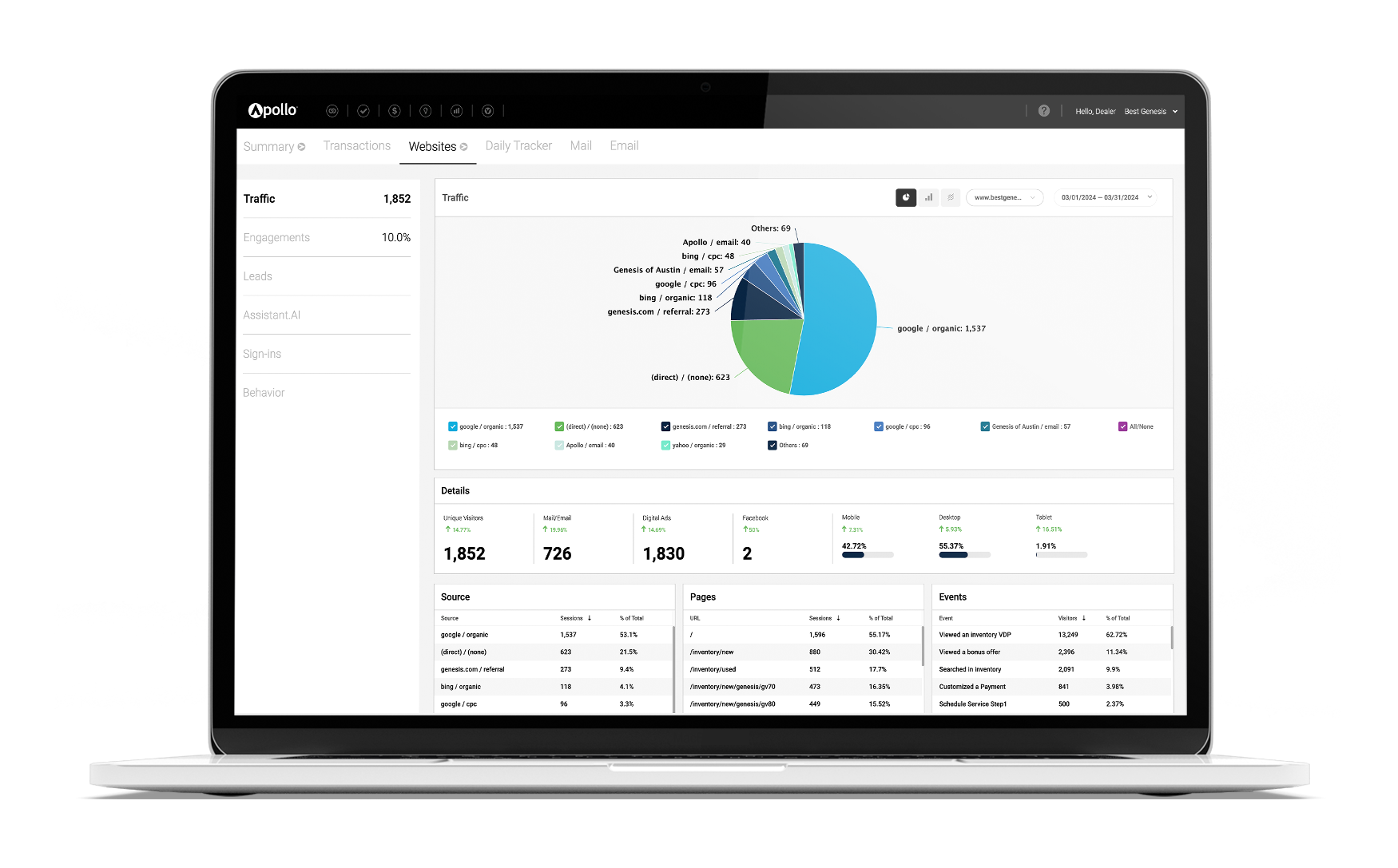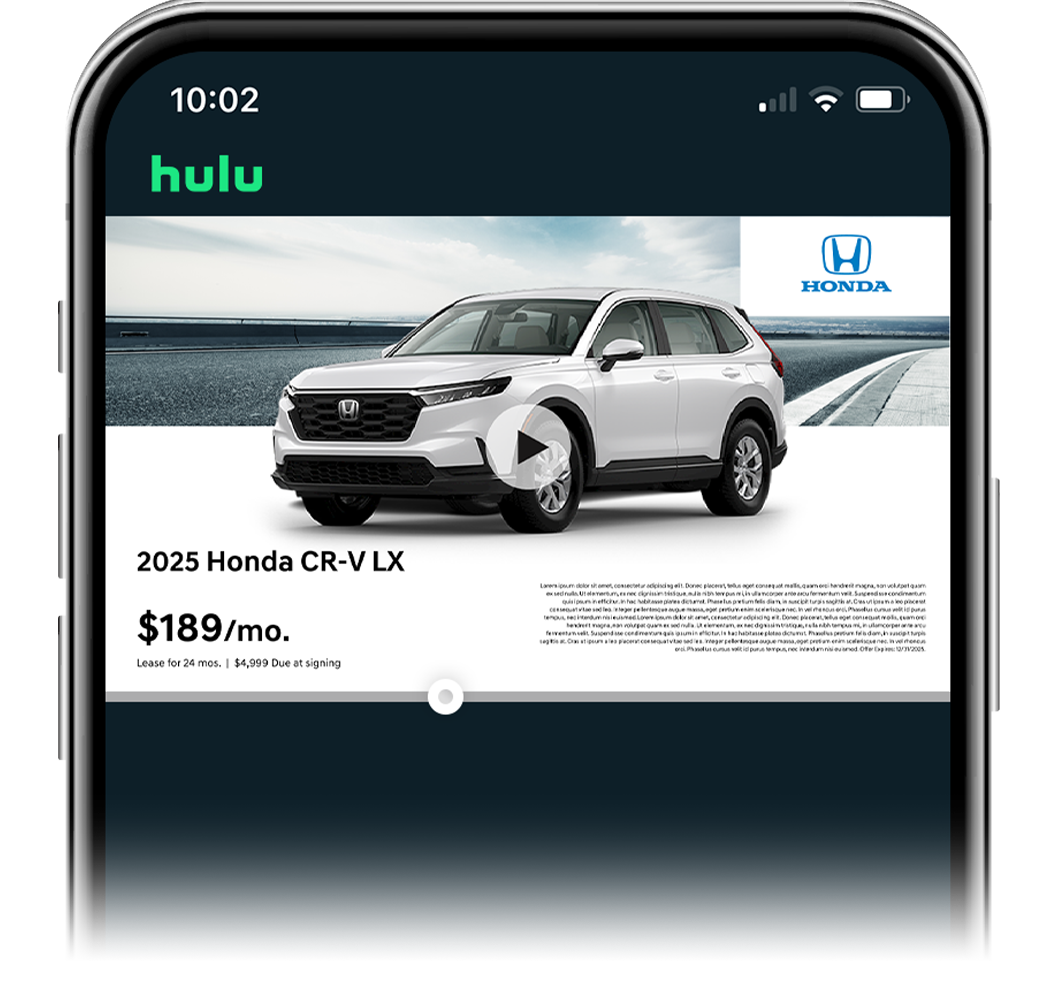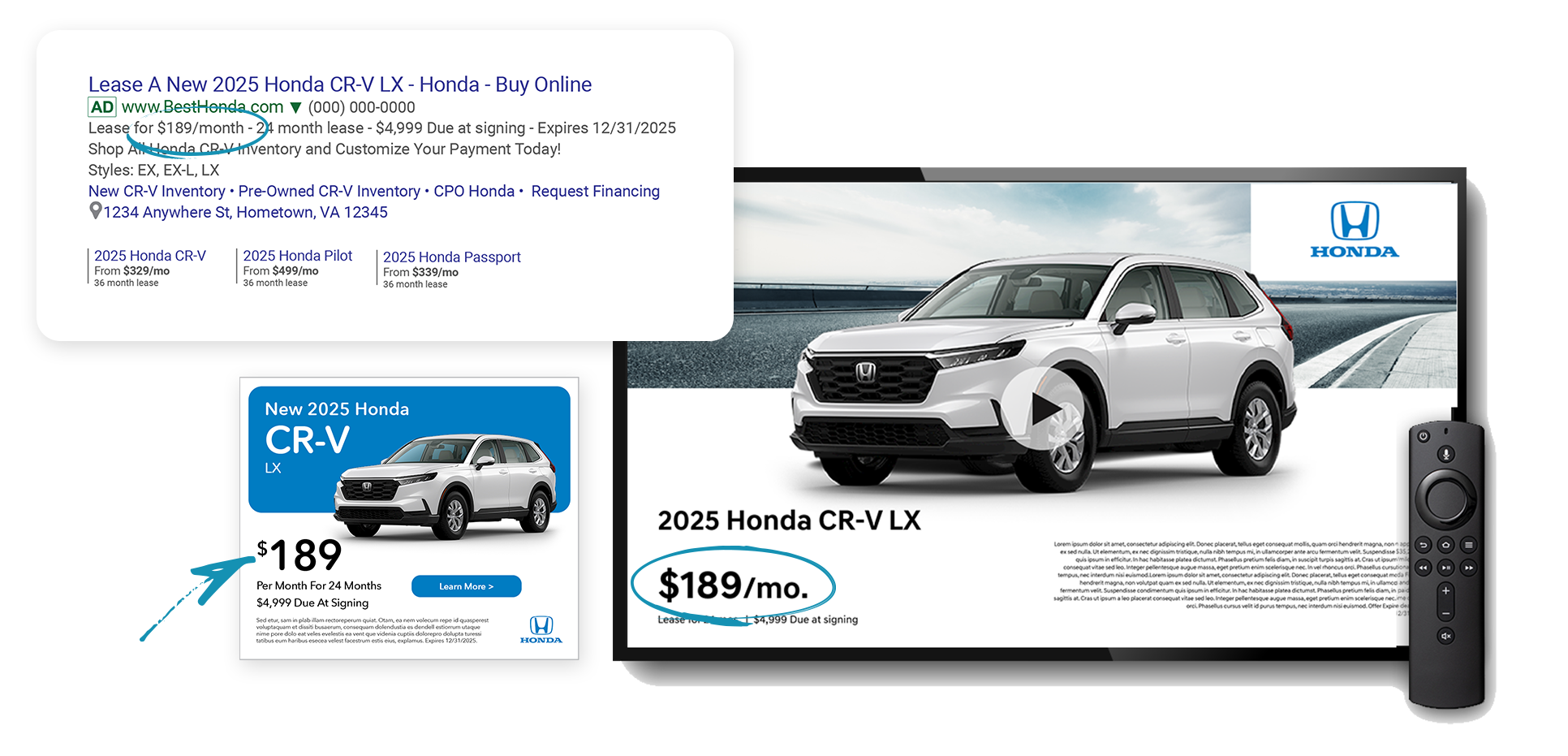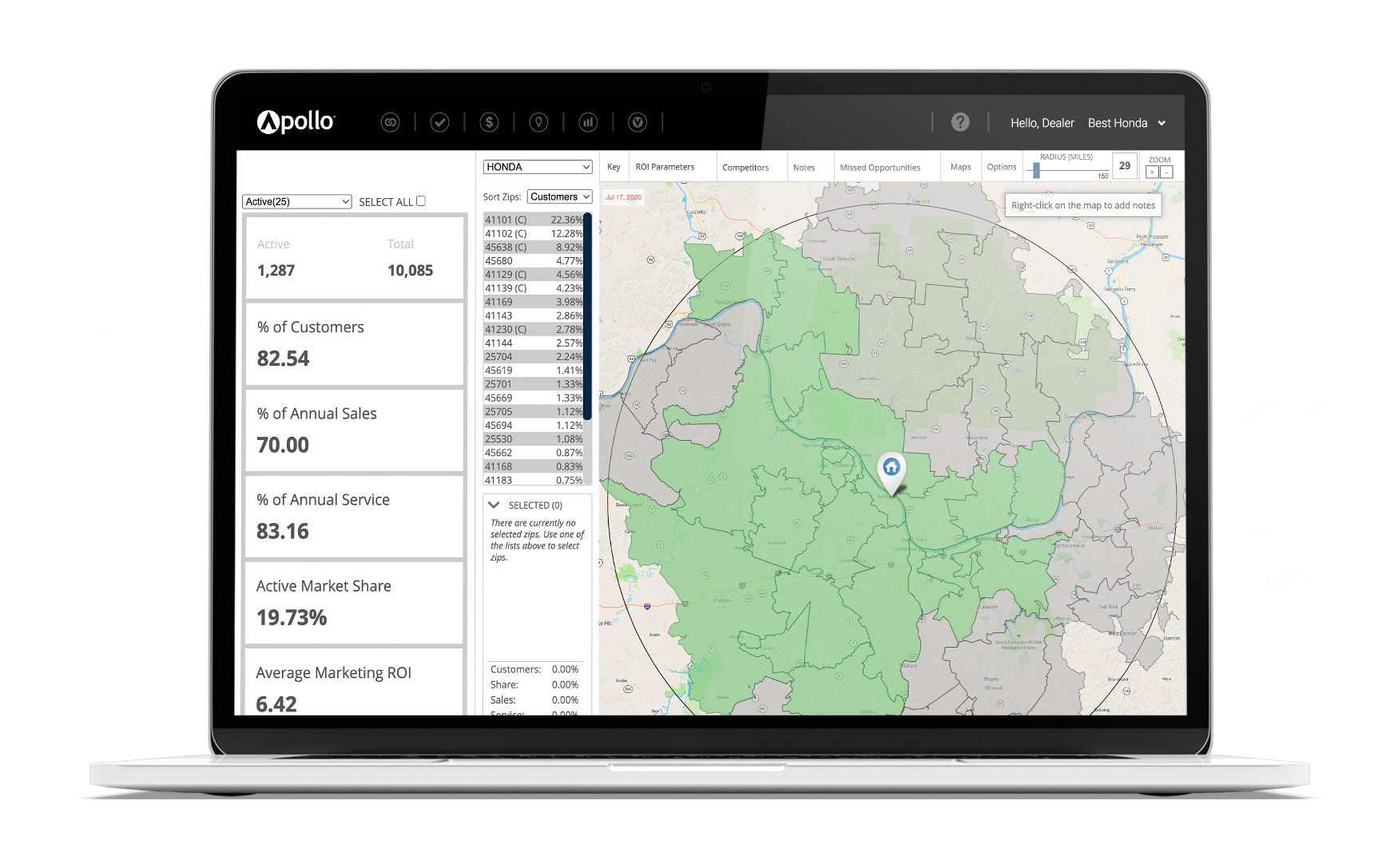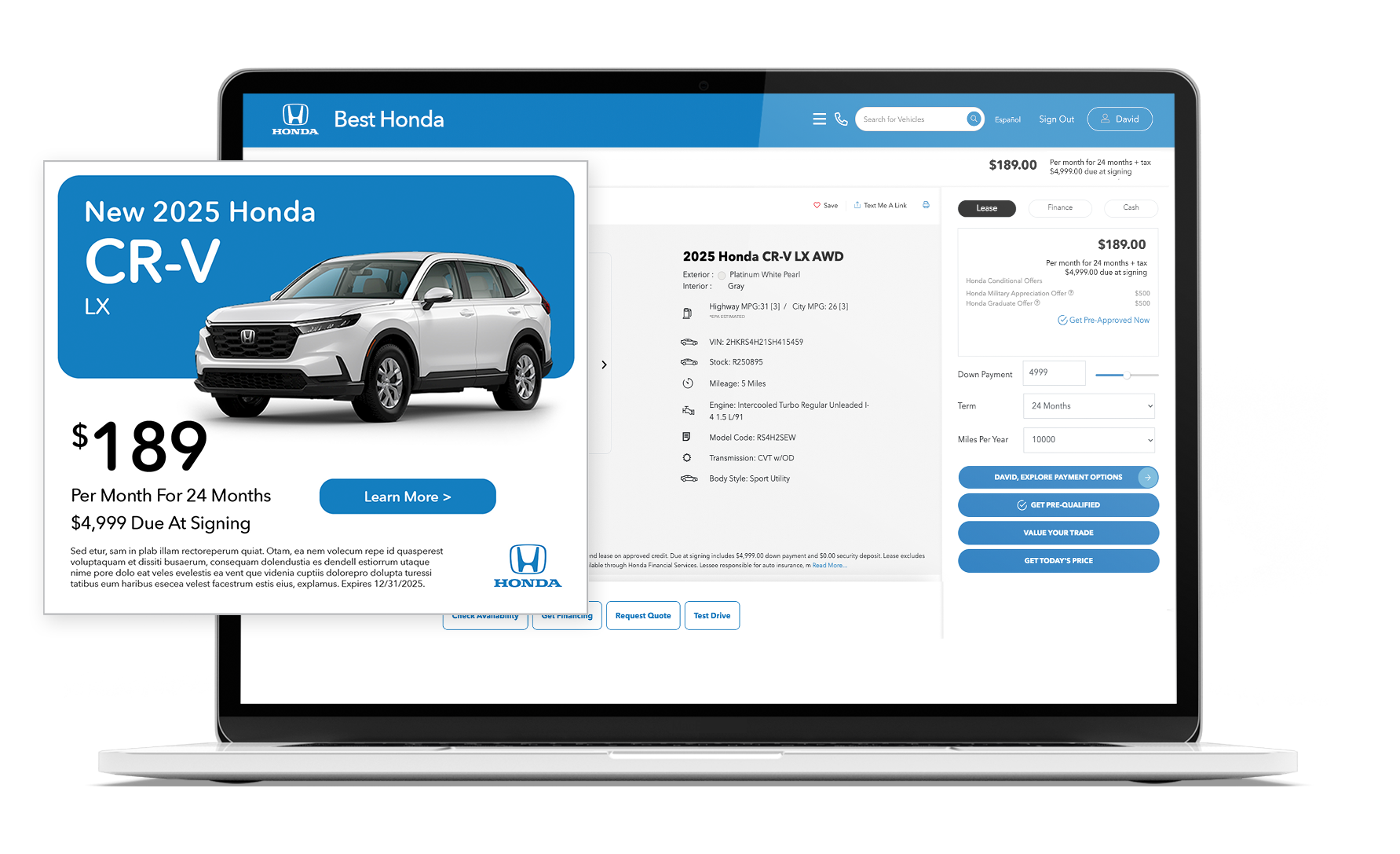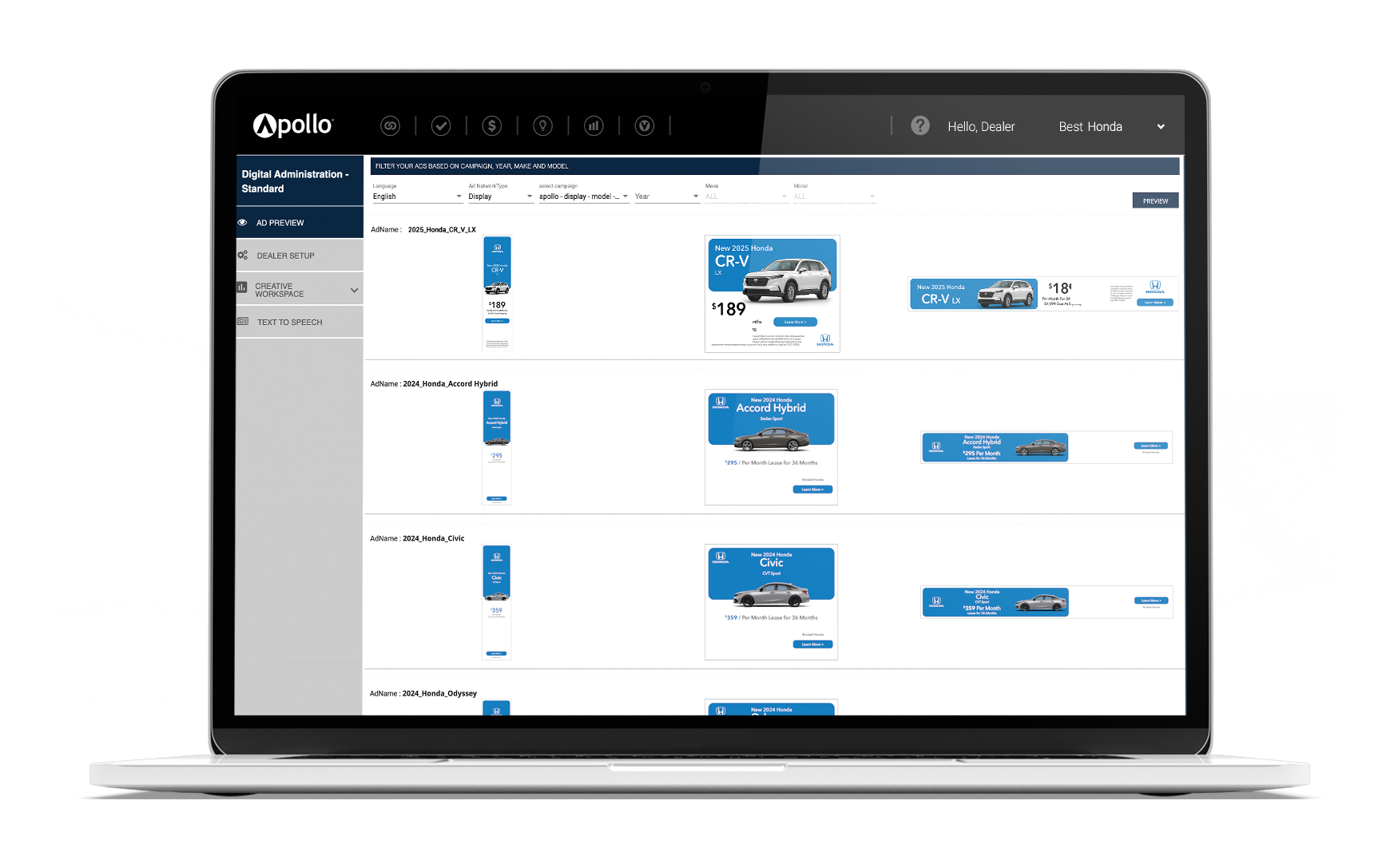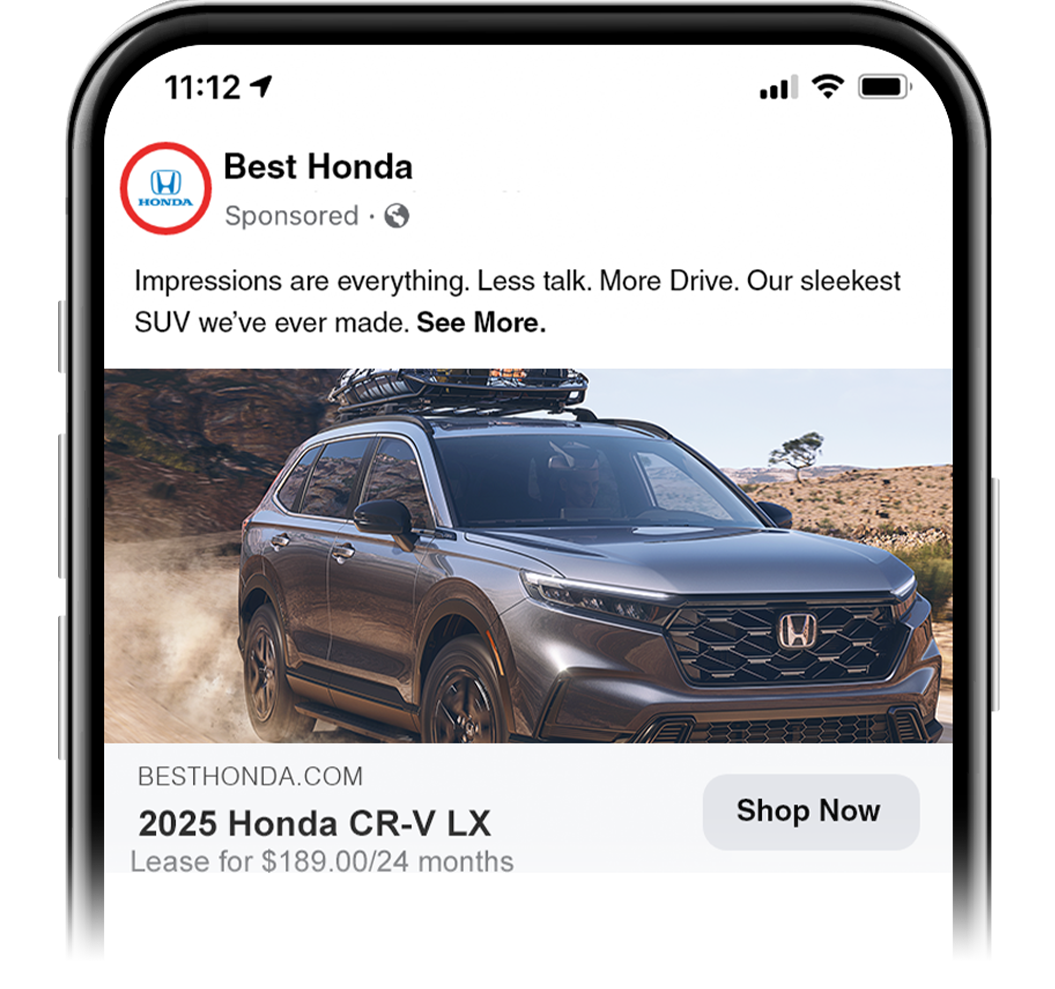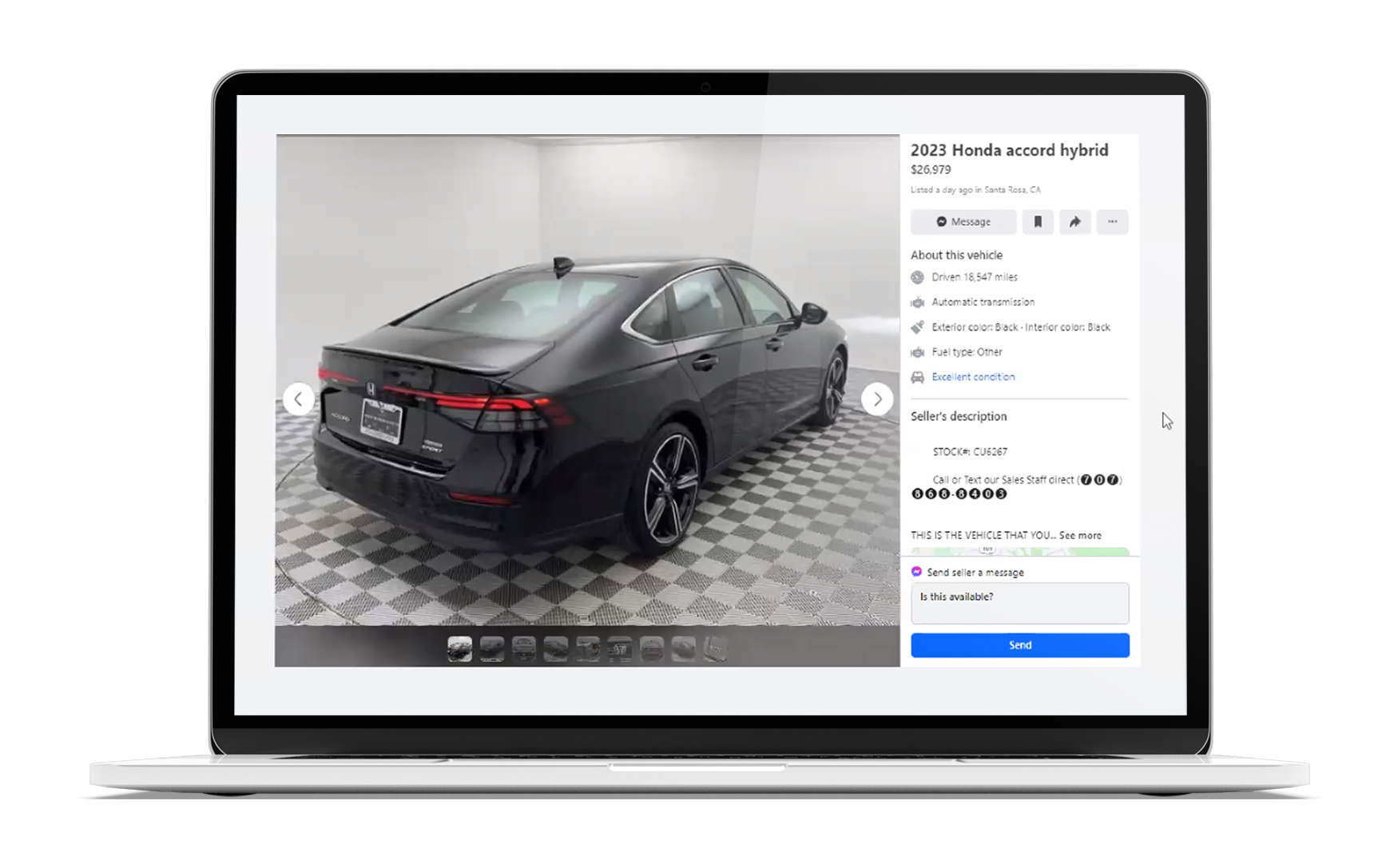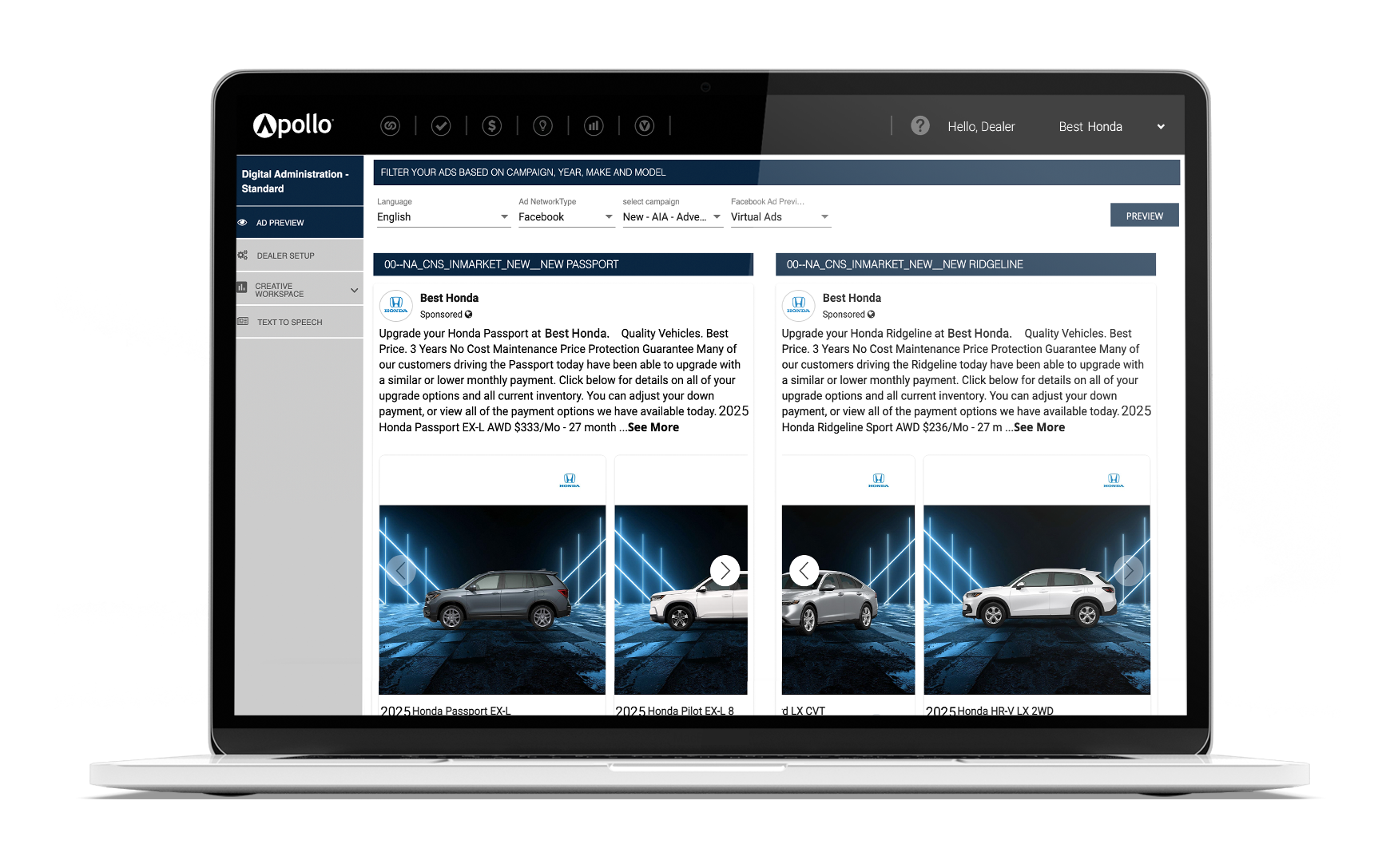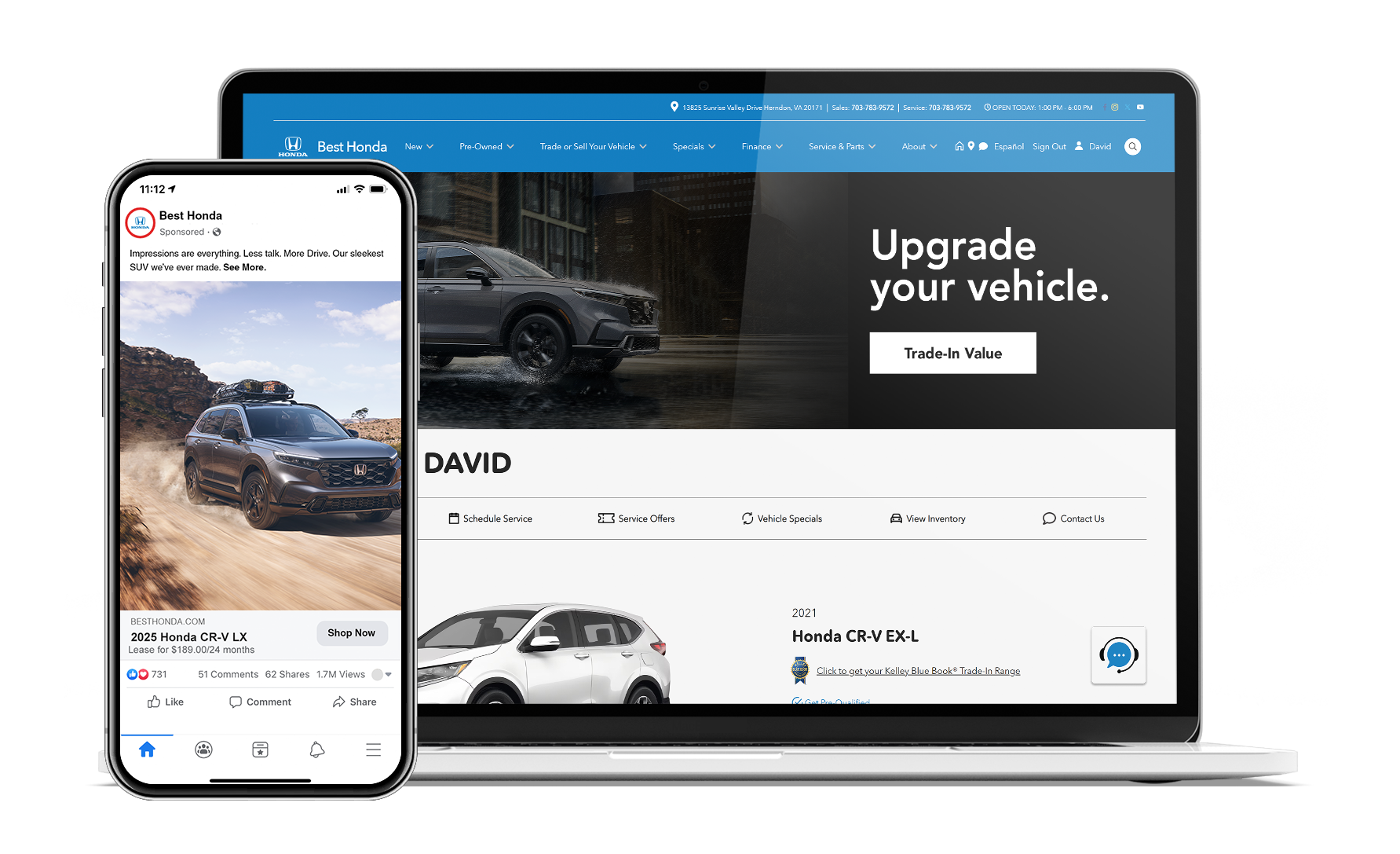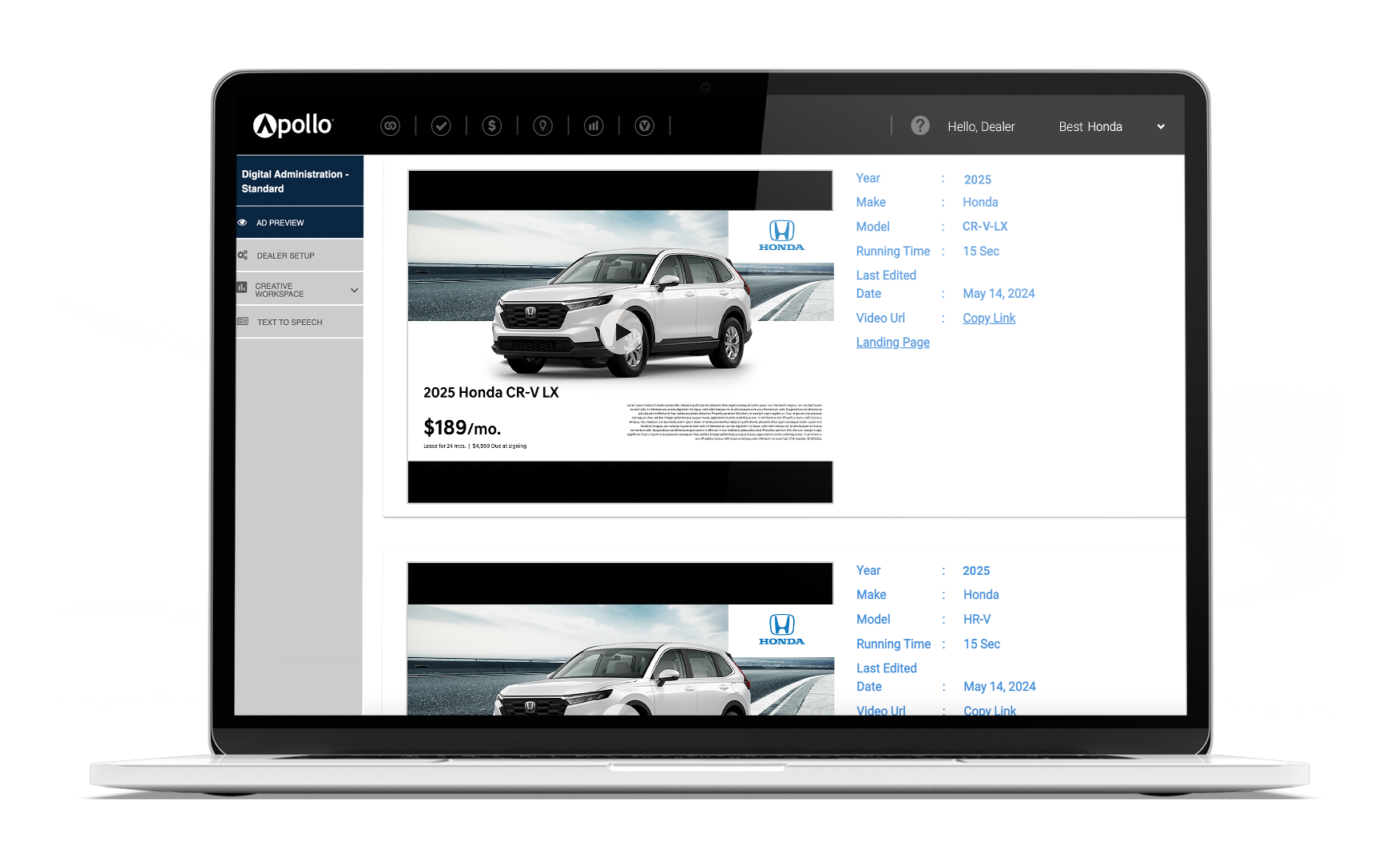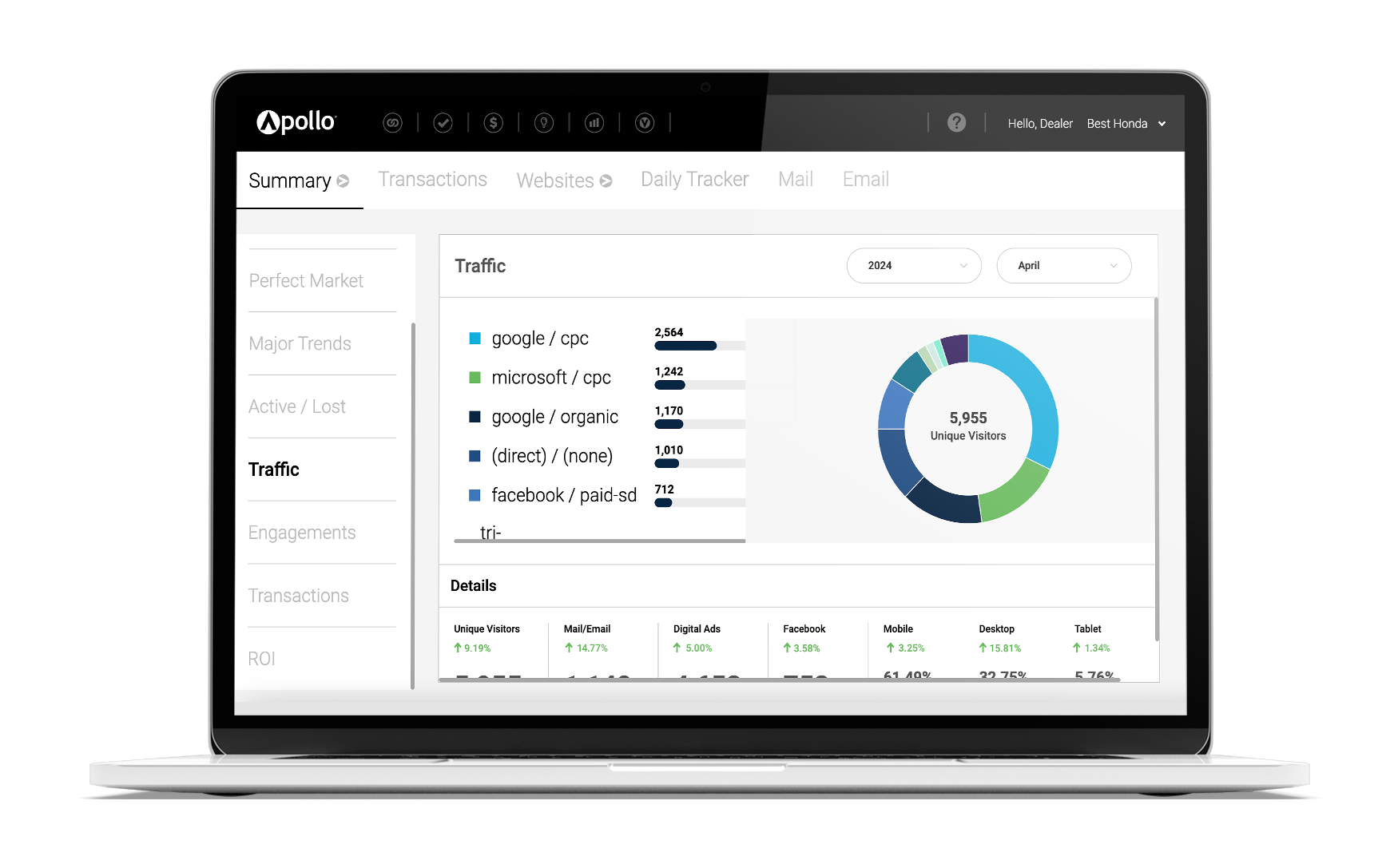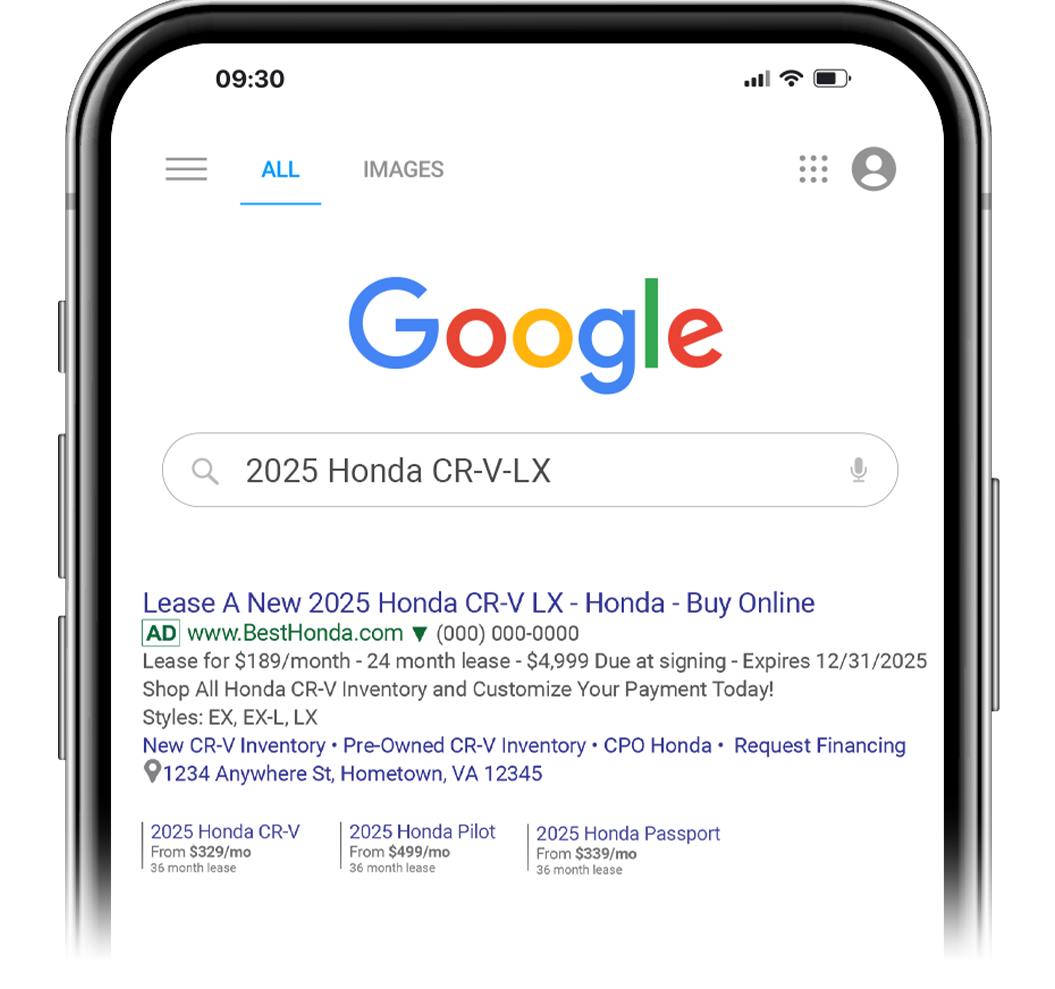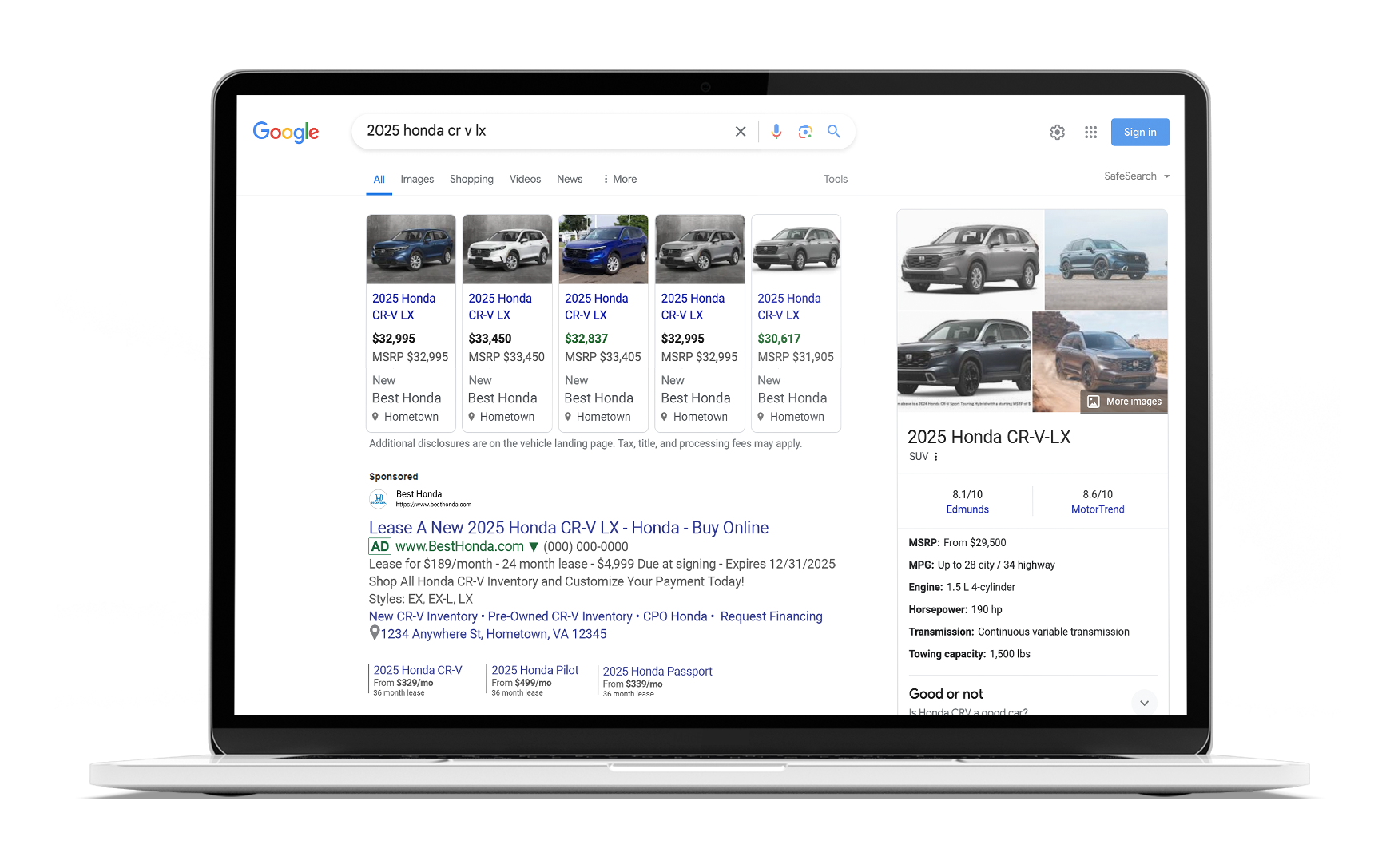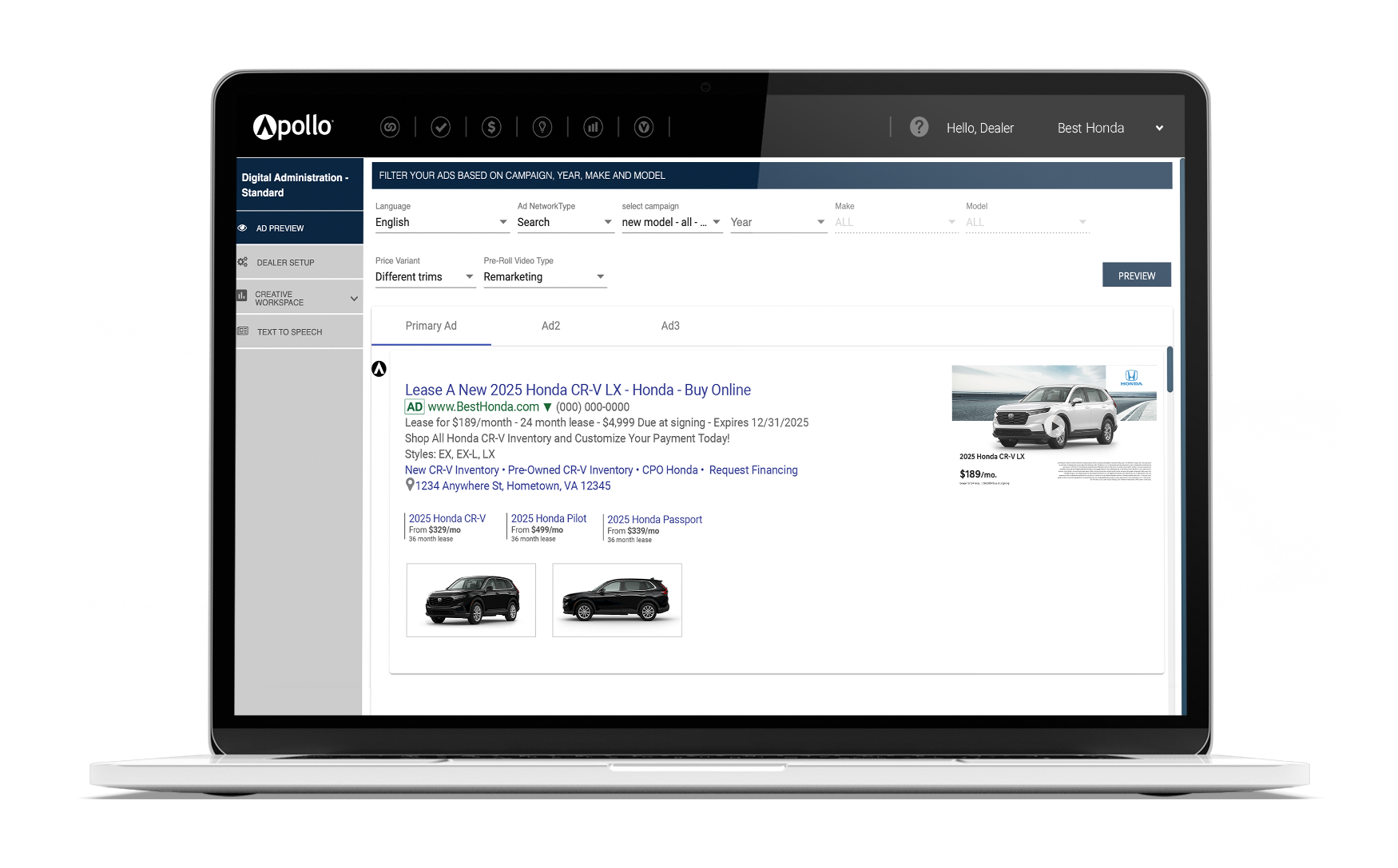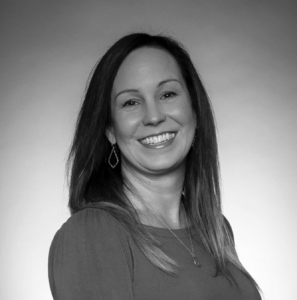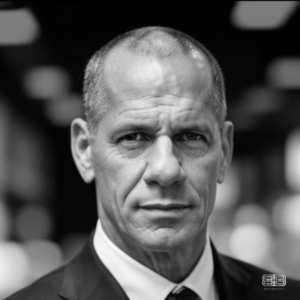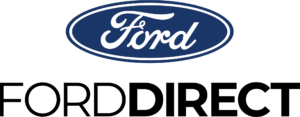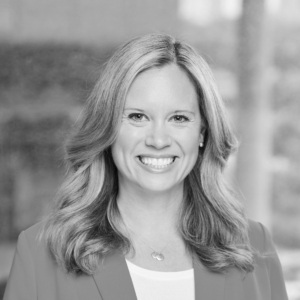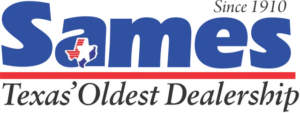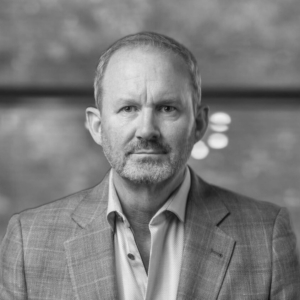Digital Retailing or Digital Roadblocking?

Digital retailing continues to be one of the hottest topics in our industry, but almost everyone I talk to has a different explanation for what they consider digital retailing to be. So, on a recent cross-country flight, I Googled What is digital retailing? I thought the following definition was most logical:
Digital Retailing, at its most basic level, is a series of experiences that allow consumers to easily maneuver and engage with your website at different stages of their purchase journey.
Personally, I believe that every dealership attempts to have a great digital retailing solution. Who doesn’t want to execute the above definition for their current and prospective customers? But, in reality, are we? Consider your most important customer, the one your dealership already has…your existing customers. They make up a vast majority of your sales and service transactions. But how easy is it for them to maneuver and engage with your website at different stages of their purchase or service journey? Most likely it is not easy, regardless of the dealership’s brand, size, or location. Although I love Audi, my personal experience with my dealership is a good example of what consumers experience every day.
Here’s how it started:
I received a nice personal email from my dealership with a lease offer on an A6 Premium for $469/month for 36 months with $2,999 down, driving 7,500 miles annually. (The disclaimer listed some nice rebates, but it is doubtful a typical customer would read the fine print.) So far, so good. Interested, I clicked the link that directed me to their website/VDP.
Once there, I hit my first roadblock:
- The dealership links me to a full MSRP VDP with a price of $57,895 and zero lease payments – not even close to the offer advertised in the email. Confused, I click again – this time on the CTA labeled Make Your Deal – in the hopes of being redirected to the advertised $469 lease payment.
And, I am met with a second roadblock:
- The dealership is asking me to give them my information. Considering they just emailed me a personalized offer that included my name, email, and phone number, don’t they already have my contact? This was supposed to be an easy process as an existing customer, and too much time later, I’m still jumping through hoops.
Invested in time and now just curious, I resubmit my information and click for a third time and – unsurprisingly – am not taken to my personalized offer. I spend more wasted time configuring a lease on their digital retailing widget, careful to make sure I replicate every term listed in their original email to me. And finally, my offer!
Just kidding, I hit roadblock #3:
- The best offer I am given is $667 per month – which is approximately $200/month above the $469/month lease payment the email promised to me as well as the rest of their customers.
Surely, I’ve just made an error and can still get the offered lease payment? Just in case, I Google Audi A6 Premium lease payment, and…
Roadblock #4 appears:
- My dealership is advertising payments as low as $399. Now I’ve been given three completely different payment terms for the same model. Consumers are more frustrated than ever. Why is this process so difficult and time-consuming? At this point, most dealerships would have lost any previously interested existing customers.
About an hour later, a nice young lady from Audi calls me, and I ask her about the personalized email offer I received earlier in the day, and politely explained I was unable to find it on their website or in any of their advertisements.
Roadblock #5 is presented in the form of her explanation:
- “Unfortunately, it’s inconsistent, and it makes it hard for us depending on what you received or looked at online because none of it is usually realistic. But if you can come down, I am sure we can work out a great deal for you.” I thanked her, but thought why do we roadblock customers online?
This made me wonder, as I often do, if the dealership leaders spend any time walking through exactly what their customers experience? It sounds simple, but I am guilty of not doing this at my own company. It’s like calling our main phone numbers versus dialing our employees’ mobile phones directly. The phone systems and processes are so bad, slow, and cumbersome that we just go around them now. The bottom line is that it’s a painful process even for your best repeat customers to get realistic and accurate information to purchase their next car or schedule their next service online, and it shouldn’t be.
Some people reading this will correctly state that the dealer is not allowed to share their best prices until a one-on-one relationship is established. However, how much more established can it get from a current customer who purchased an Audi and services it at that same dealership? Technology, as advanced as it is, should be able to distinguish between an existing customer and a prospective new customer. In fact, automotive dealers are in the rare group of businesses that don’t separate customers online experience from their prospects. If you think about the businesses you interact with almost daily – Amazon, your bank, insurance, credit cards, online entertainment, every major hotel and airline – they already know who you are and treat you as such. Customers are roadblocked because they are treated like a “lead” instead of as an existing customer.
You would also be correct to point out that the company who emailed the customer also has no control over the website company, which has no control of the retailing widget to configure payments, and the website company has no control of the company that does the Google Ads. This is true, and part of the issue that makes Digital Retailing feel way more like Digital Roadblocking for customers.
The solution is in the palm of your hand! Consider Apple: they created a platform that integrates and interacts seamlessly with consumers and their lives. Conversely, look at dealerships: consumers are forced to jump through hoops when it comes to dealership technology. They are forced to juggle a brick flip-phone, an original iPod, a digital camera, all of their credit cards, cash, and a clunky GPS system just to keep track of their journey and reach their destination – when all they need to be given is a single smartphone (i.e., Apple). Consequently, the lack of consistency kills a dealership’s credibility.
Realistically, Digital Retailing is only going to happen in our industry with integrated technology platforms that provide a series of experiences that allow consumers to easily maneuver and engage with dealership websites at all stages of their purchase journey, not just the one that particular vendor executes.
